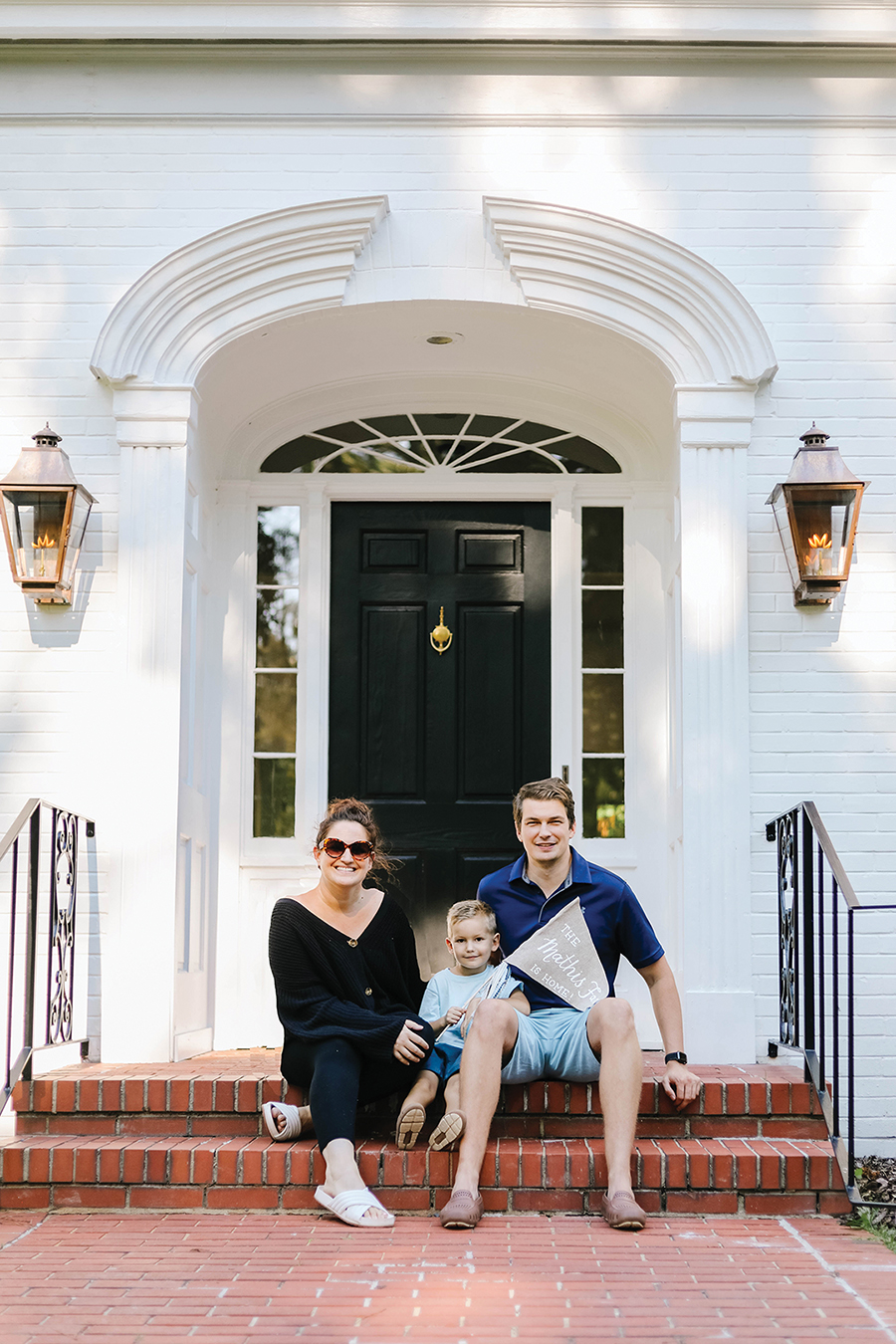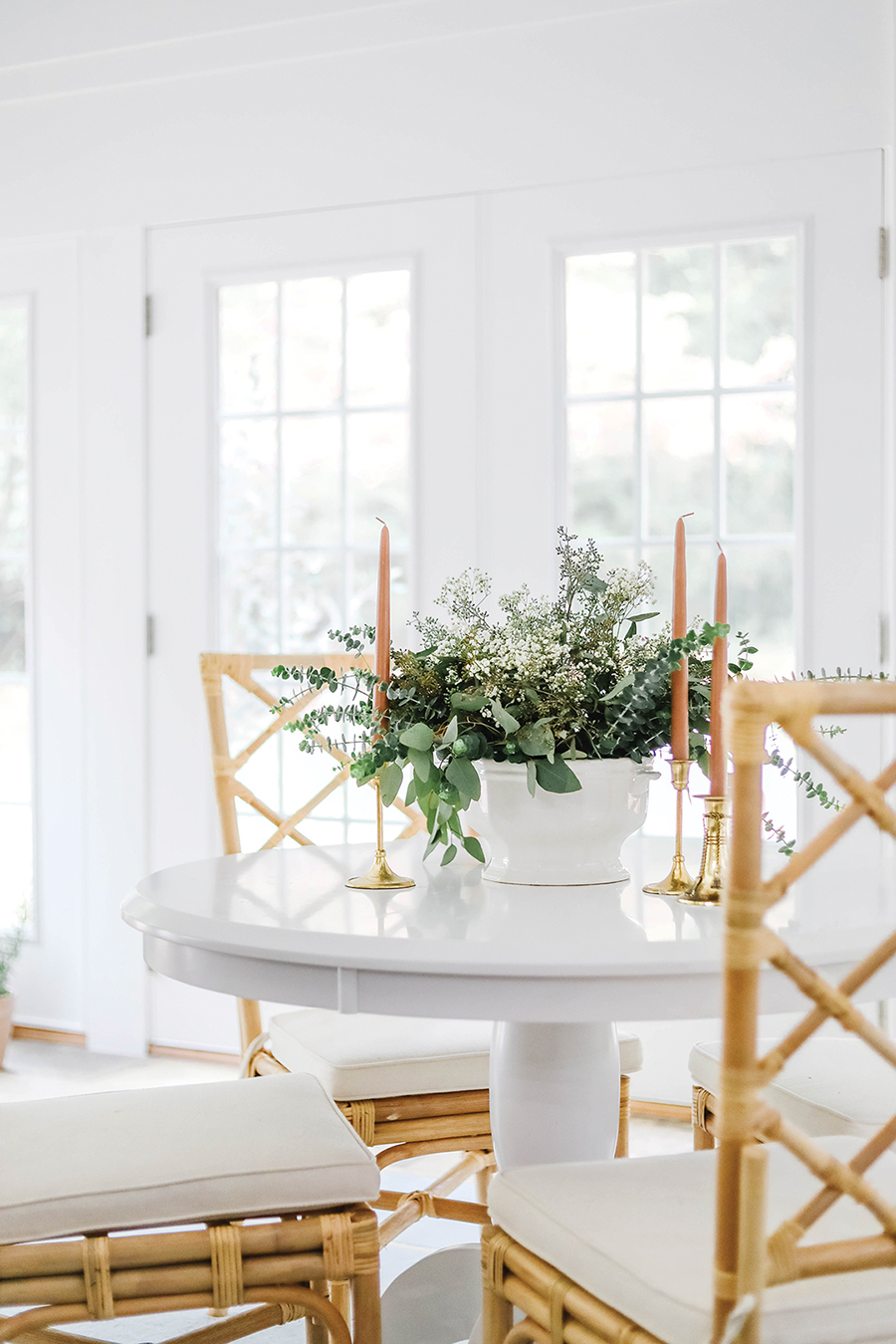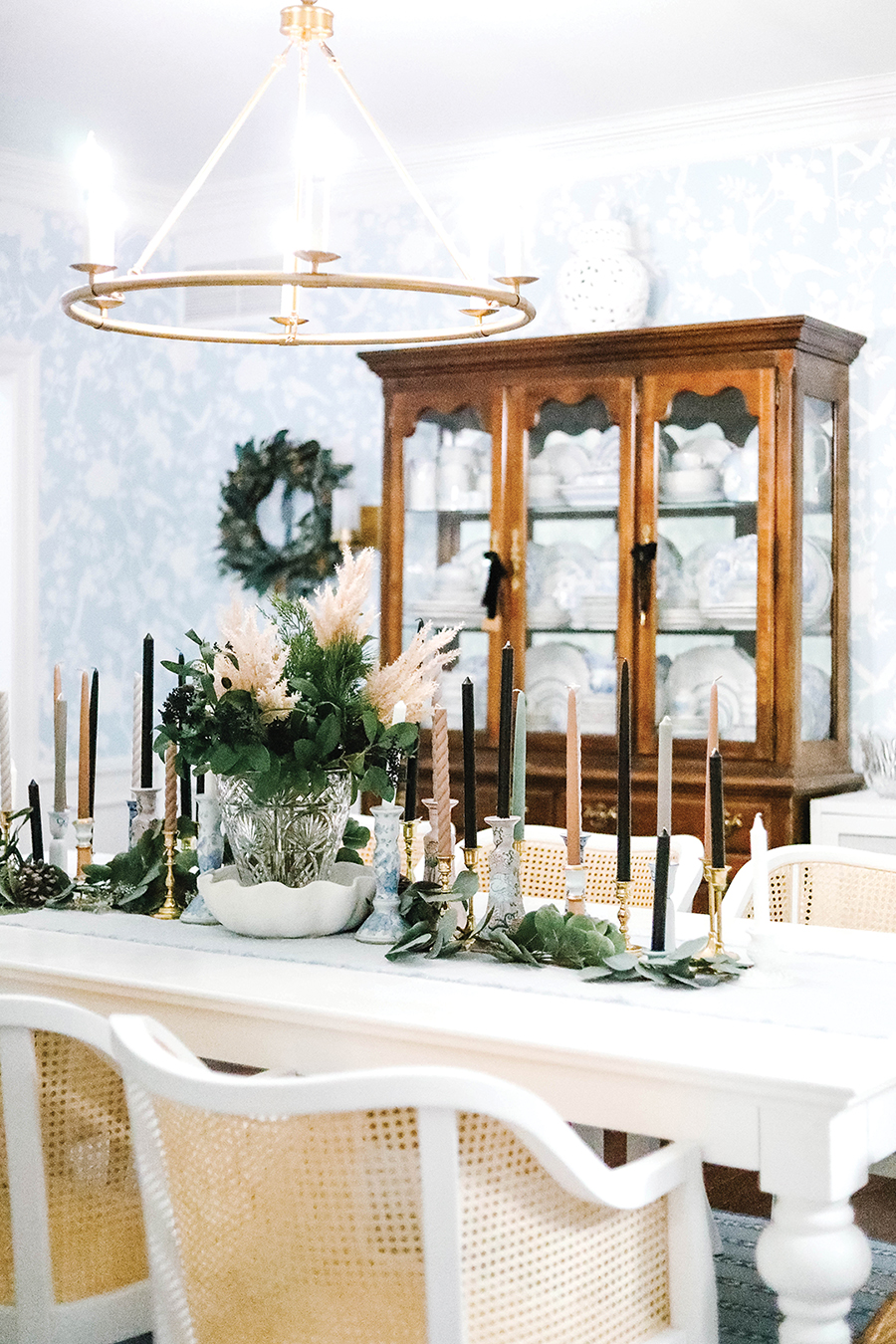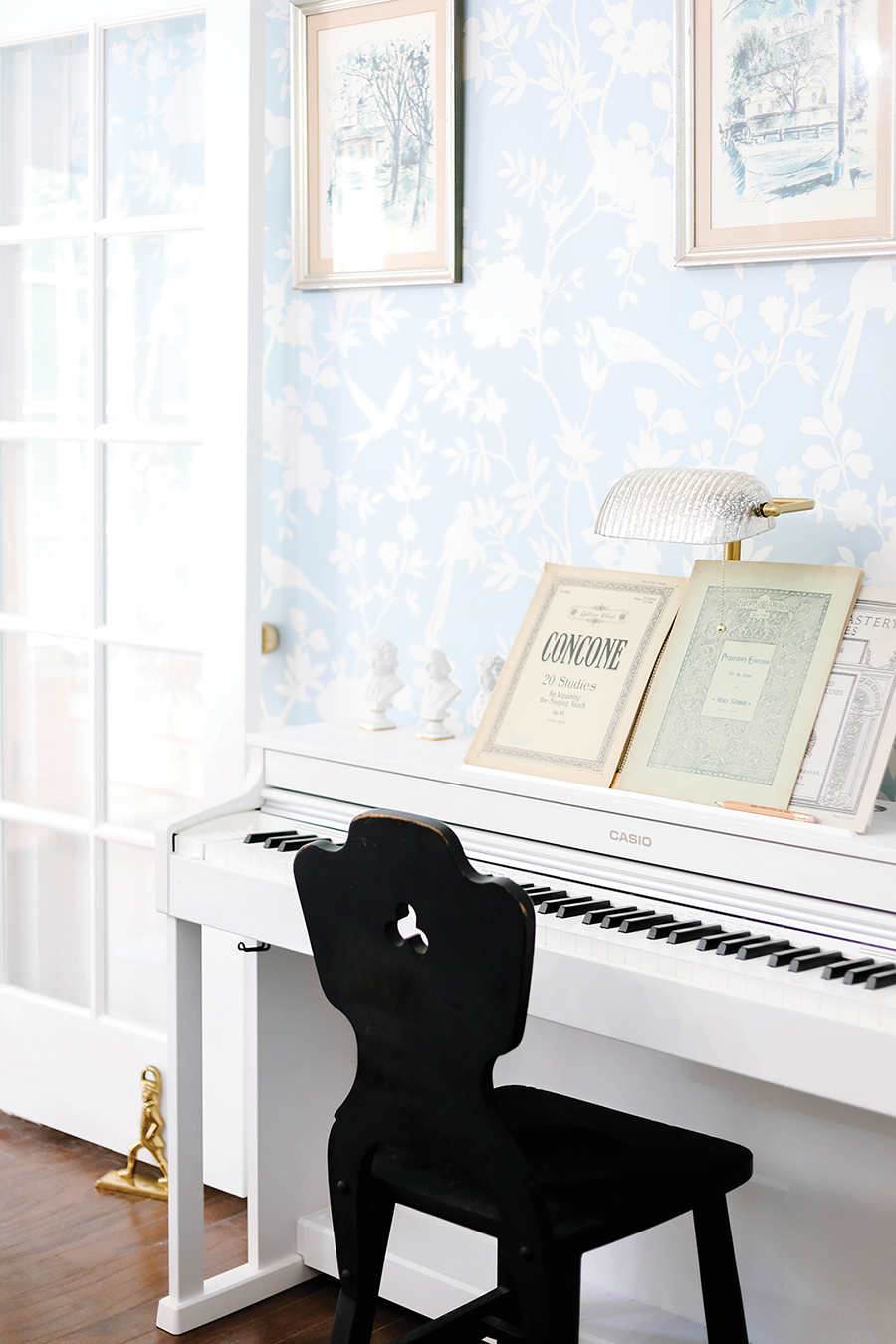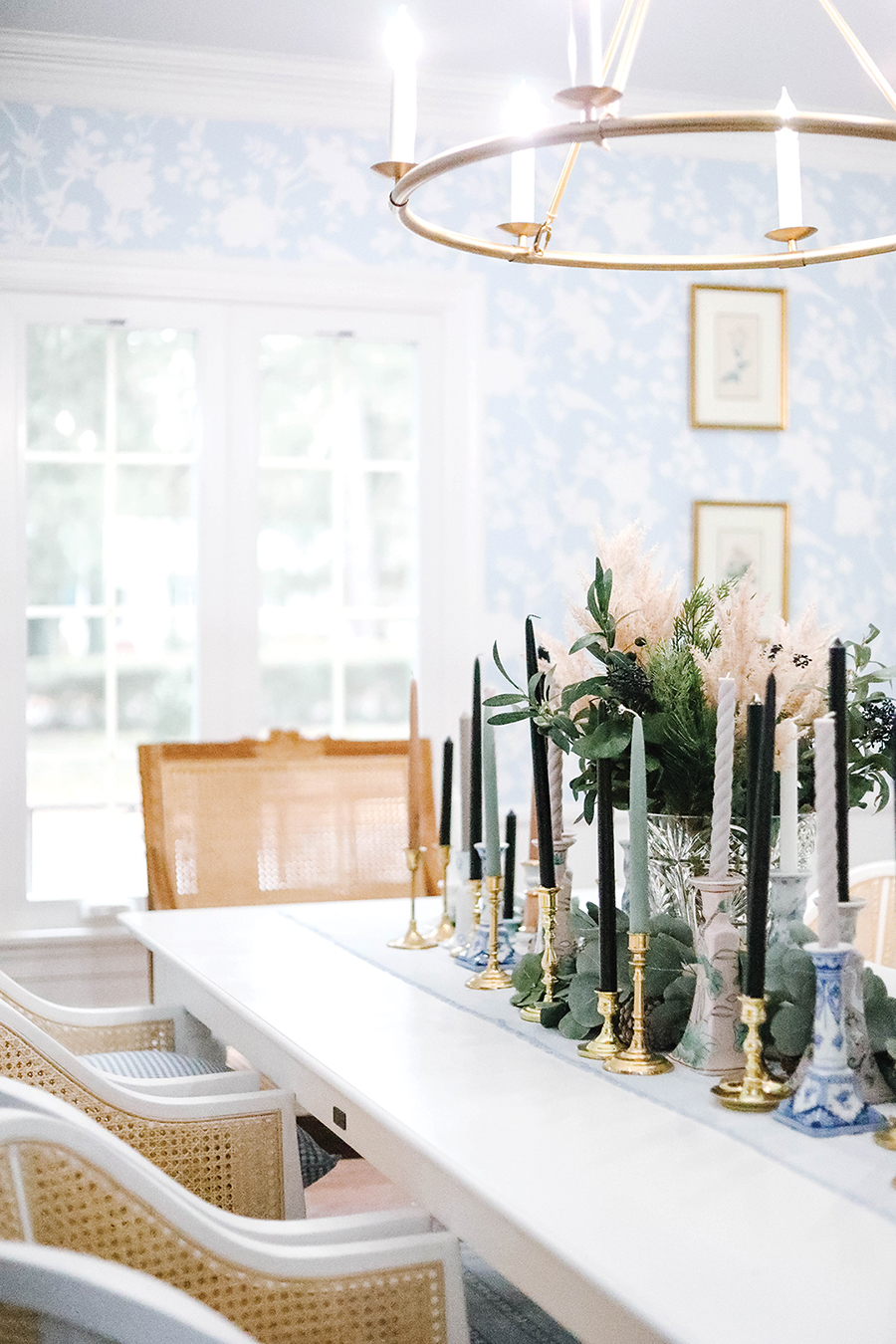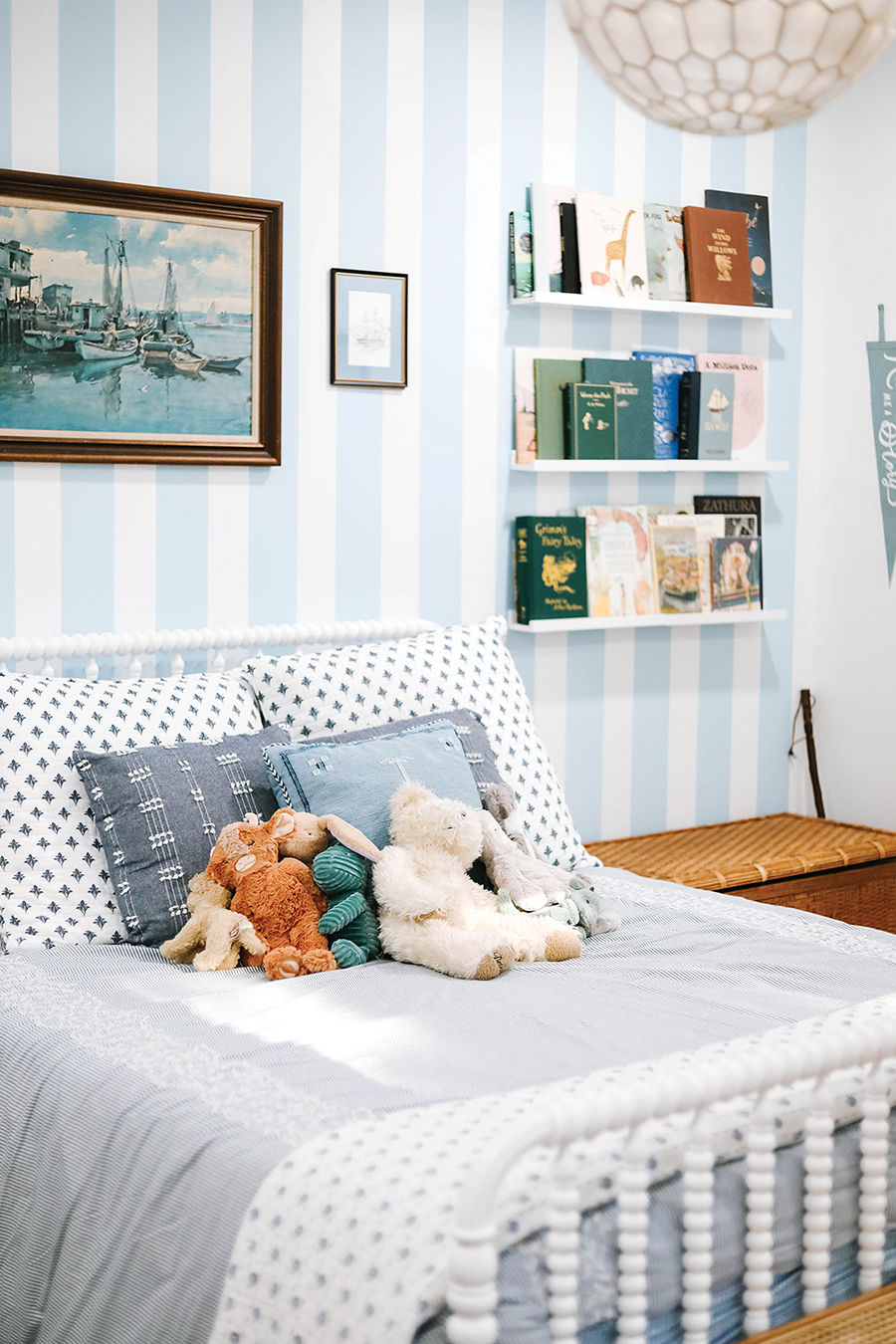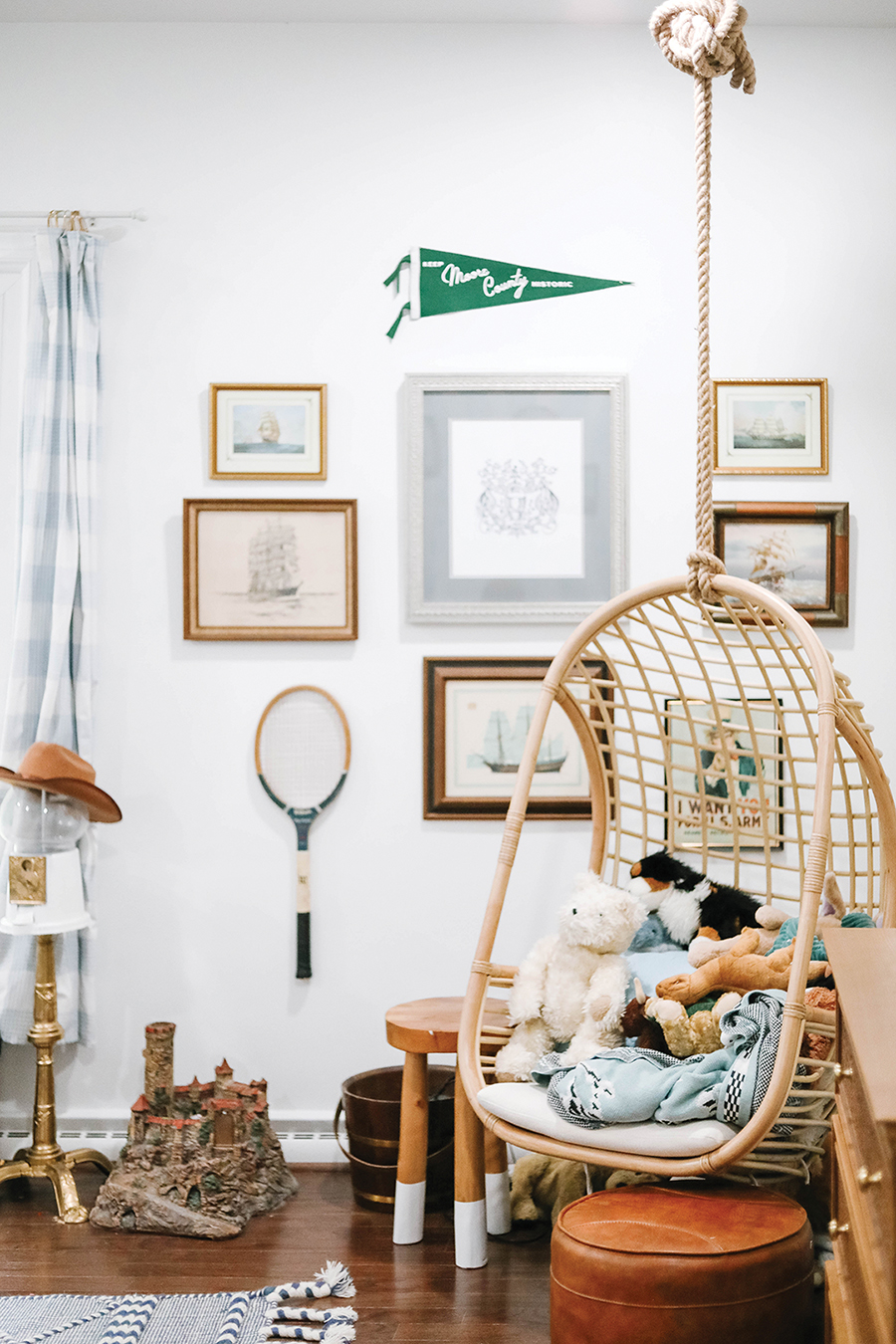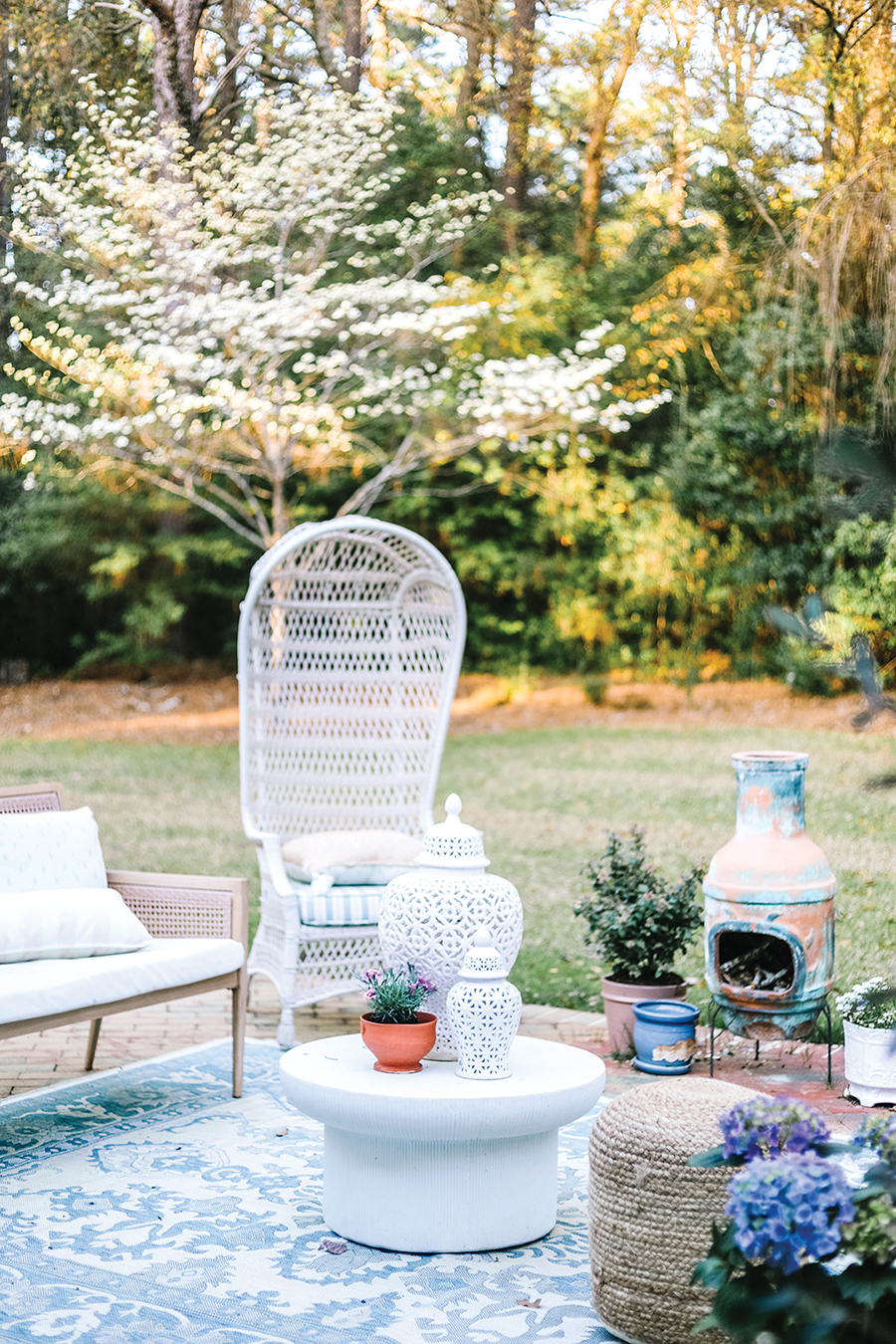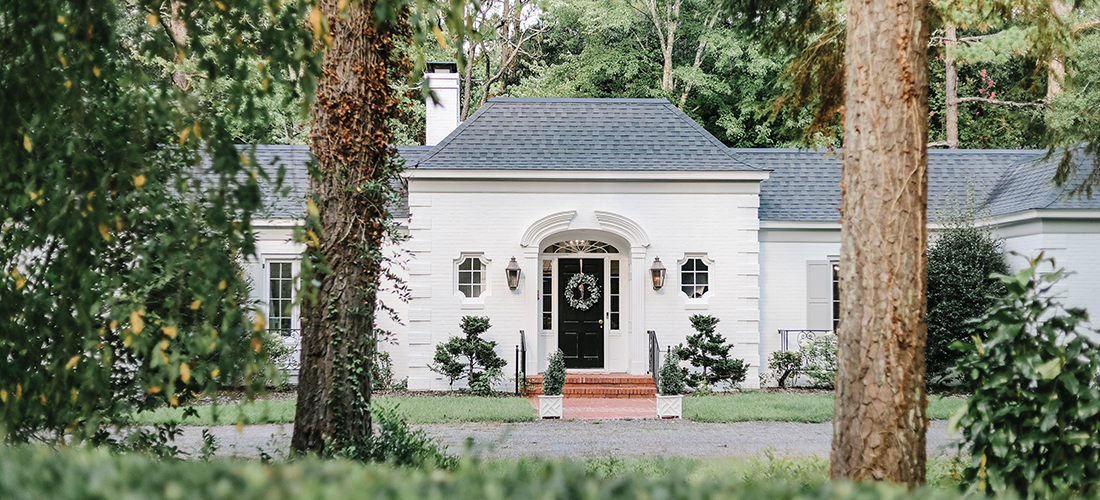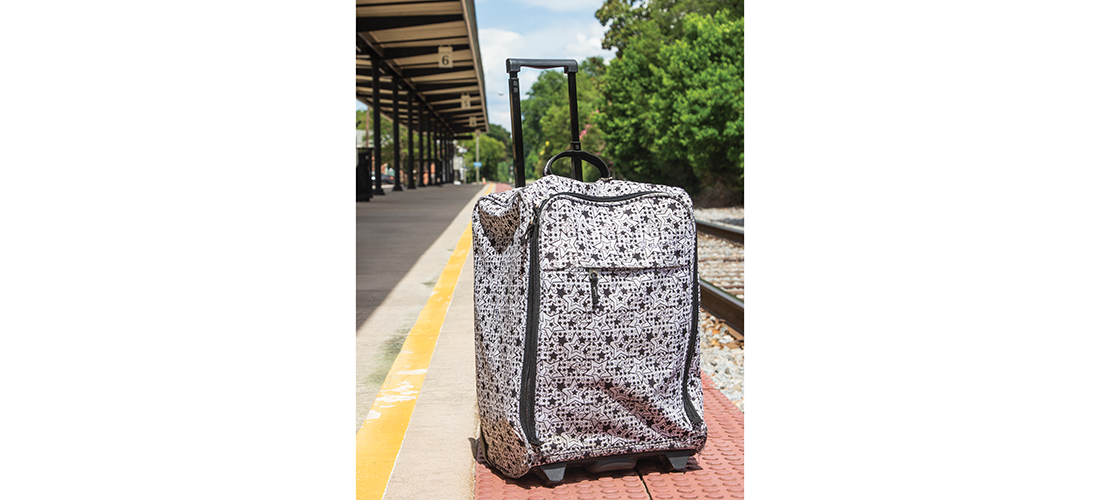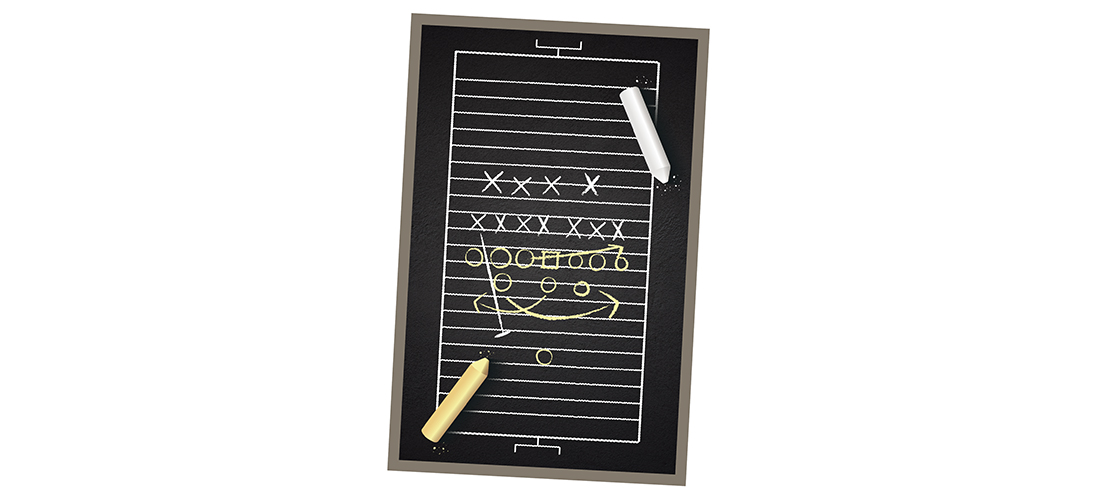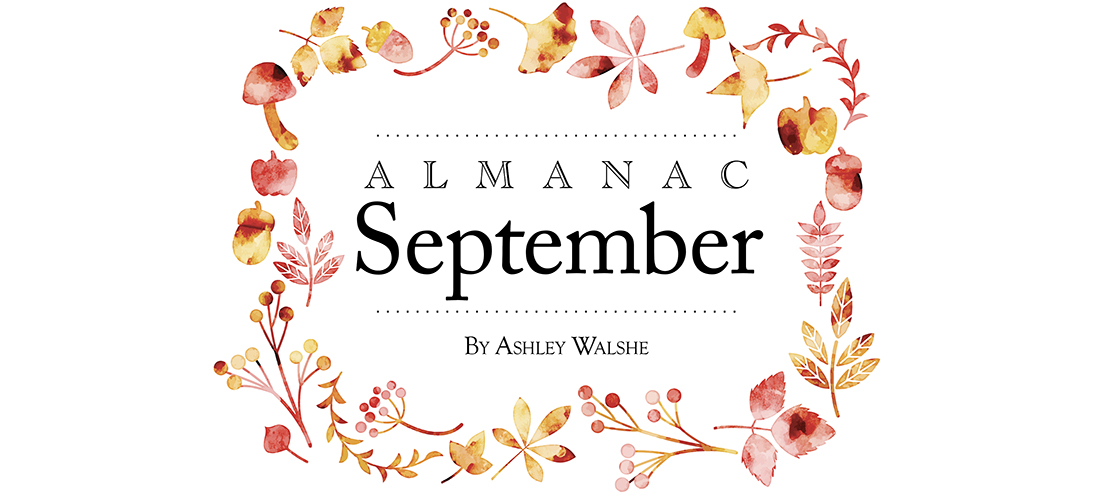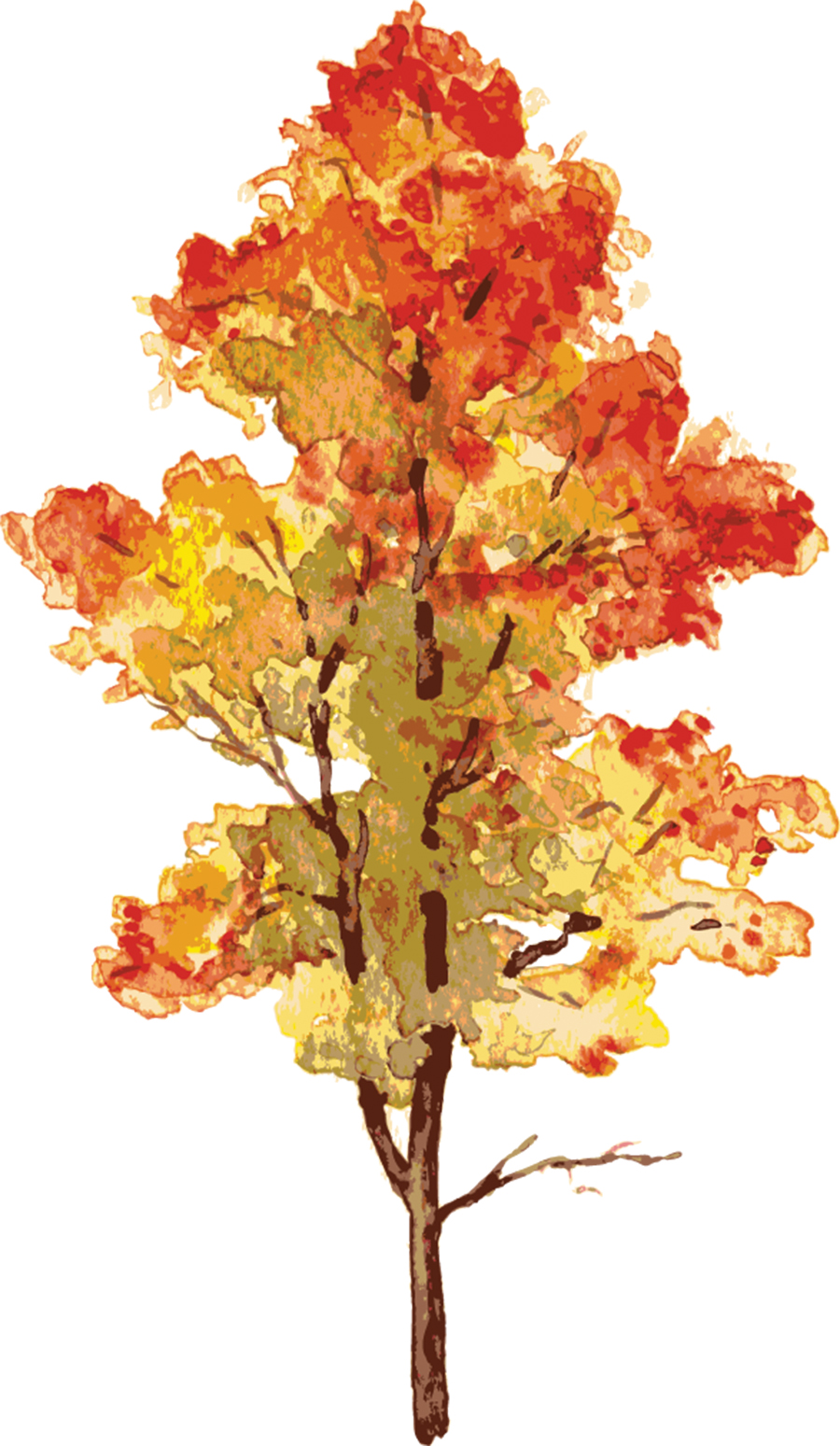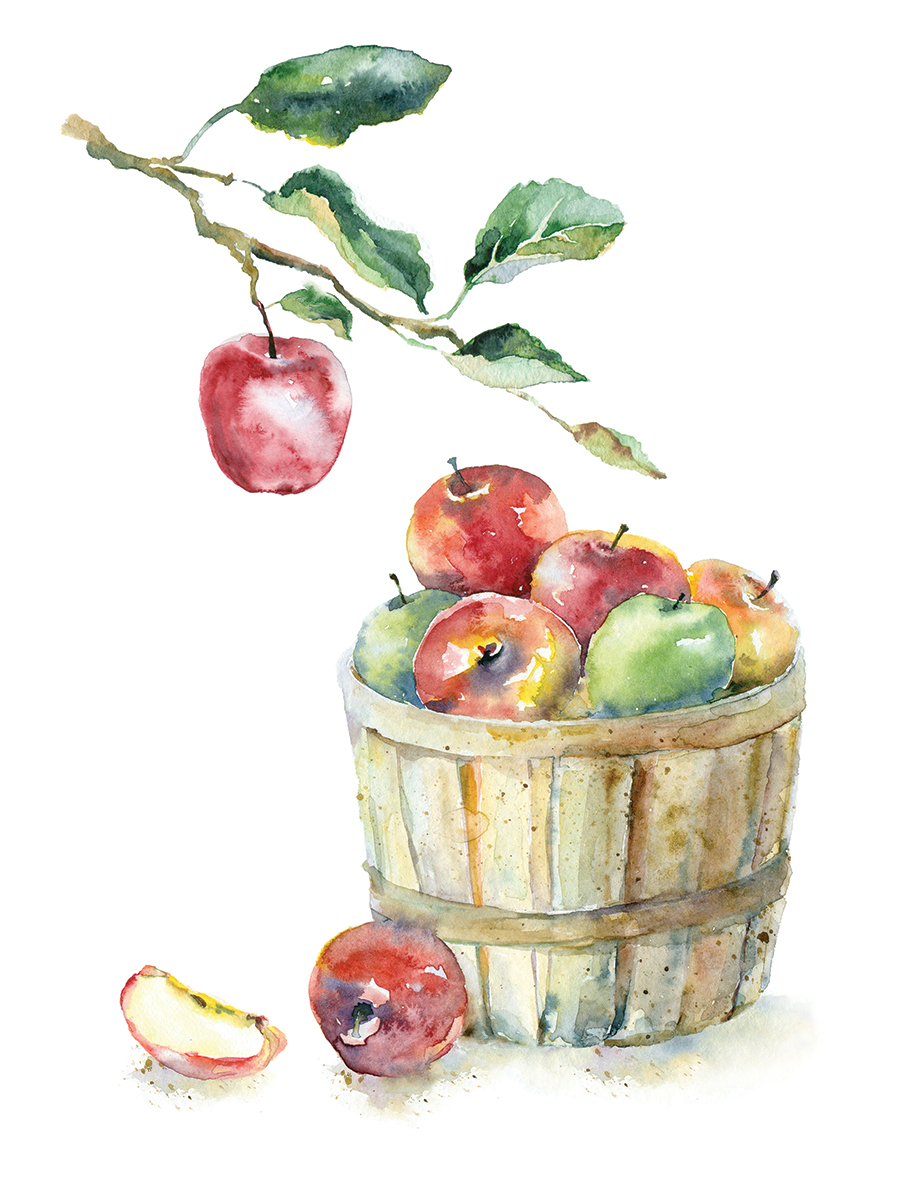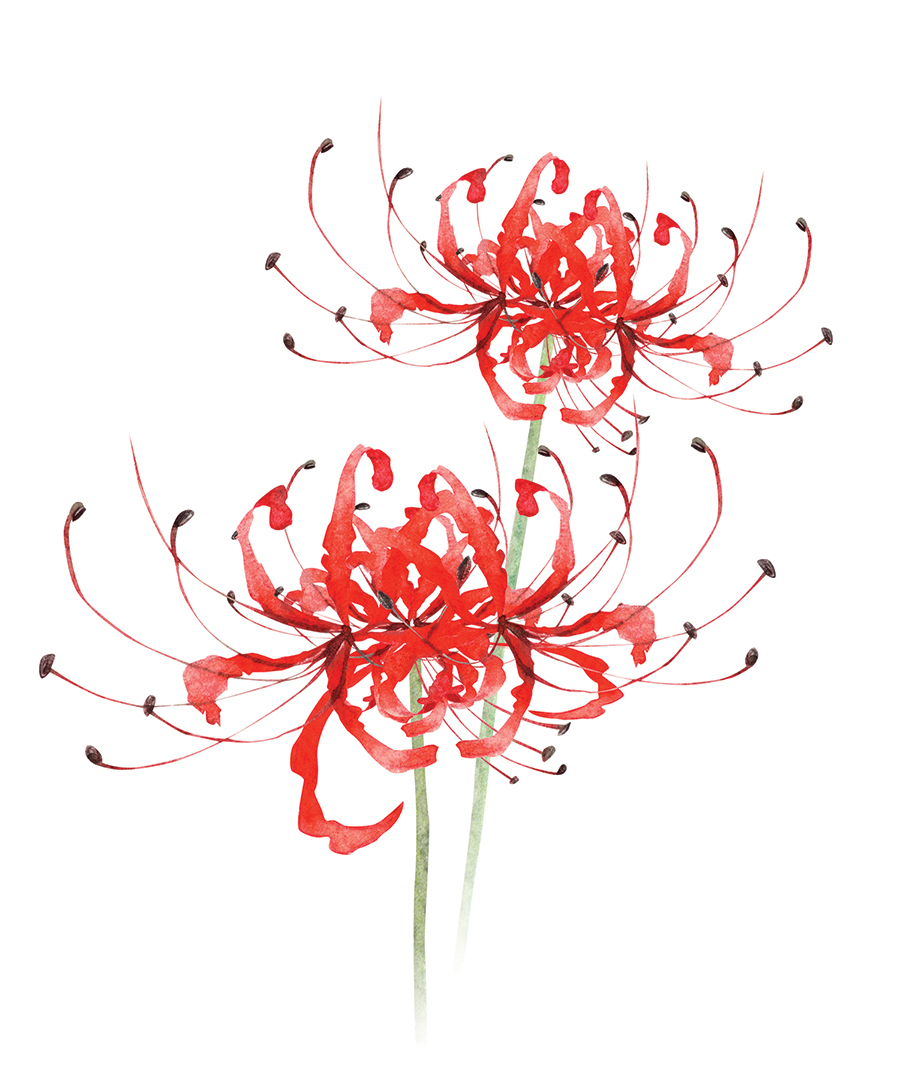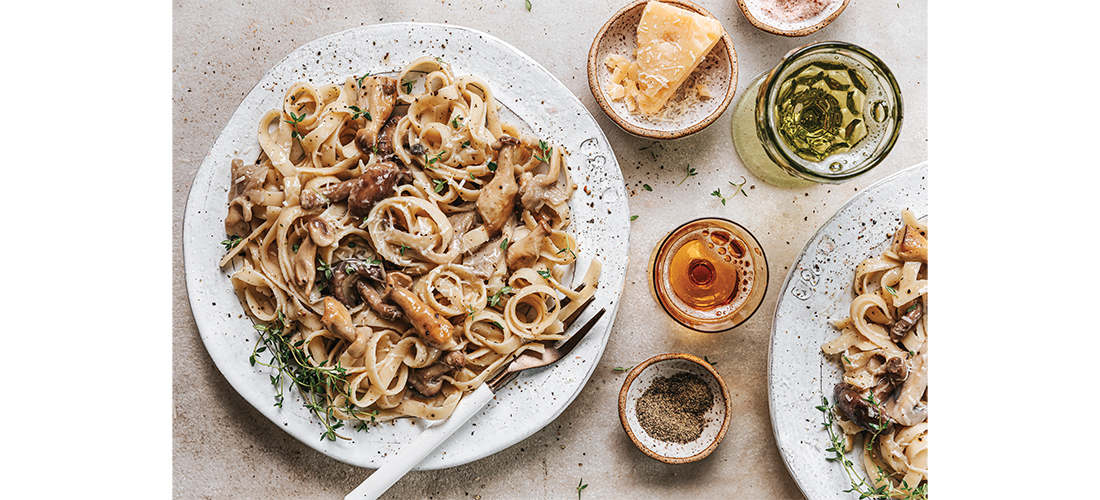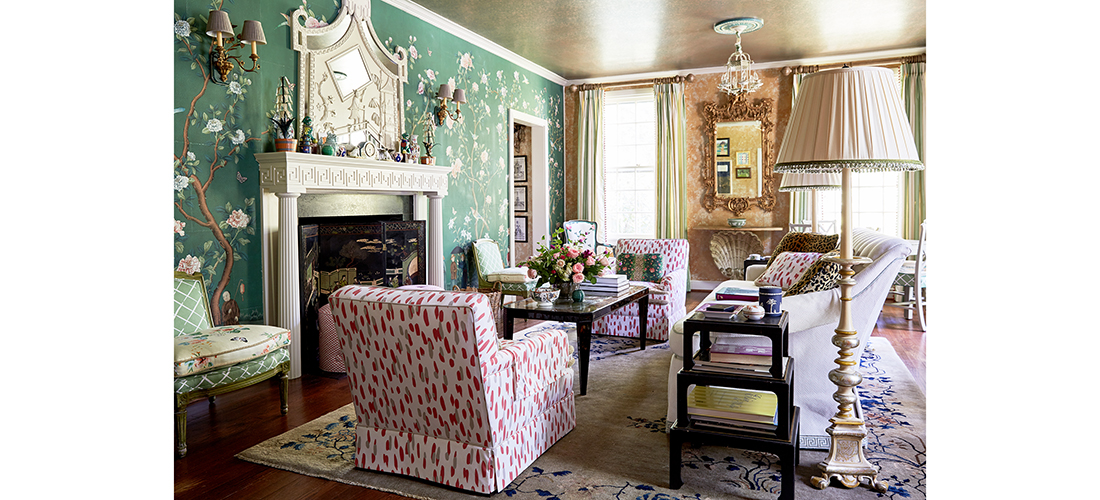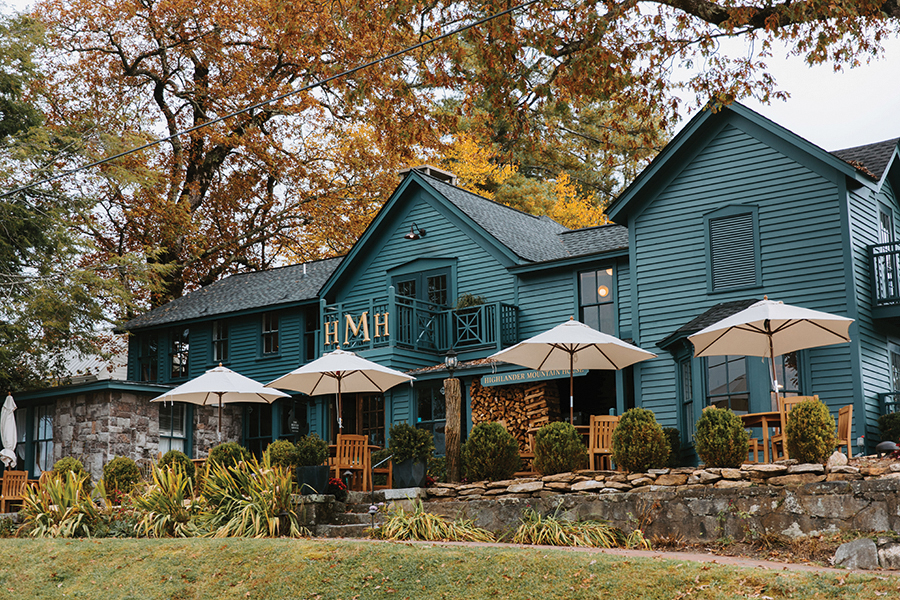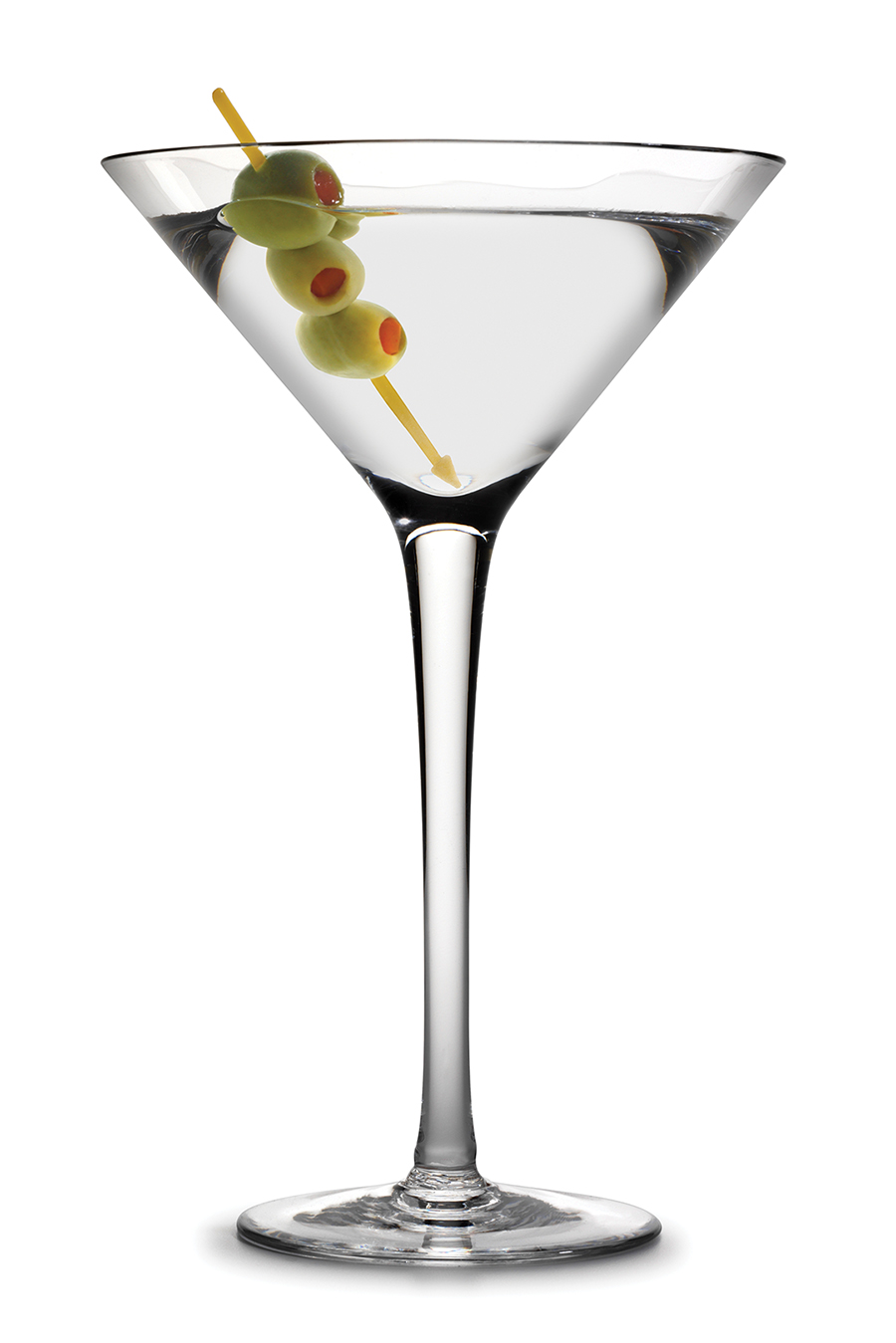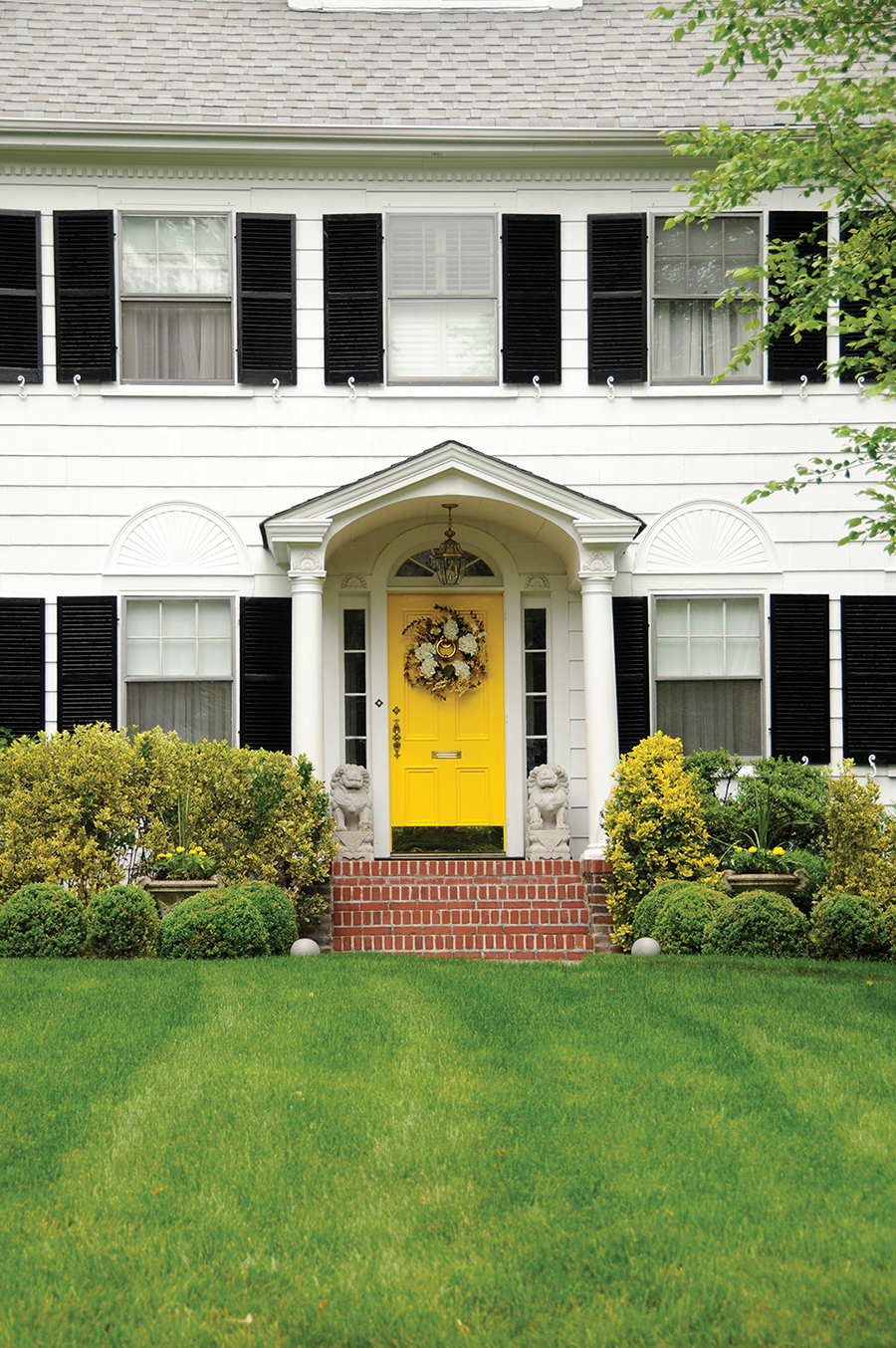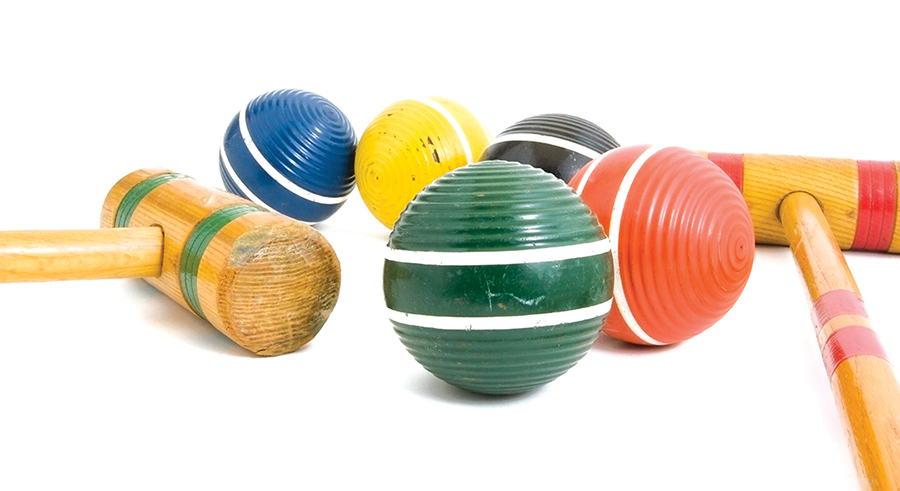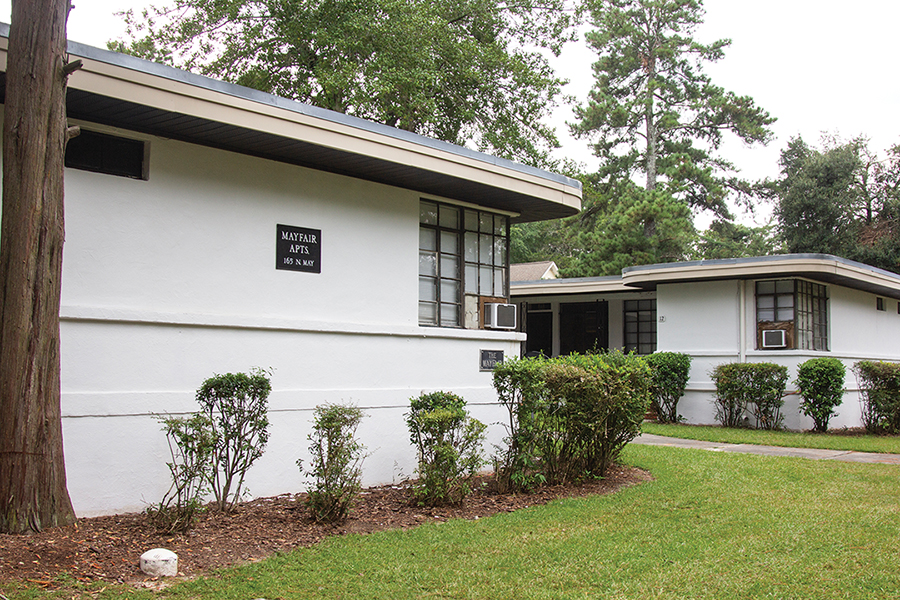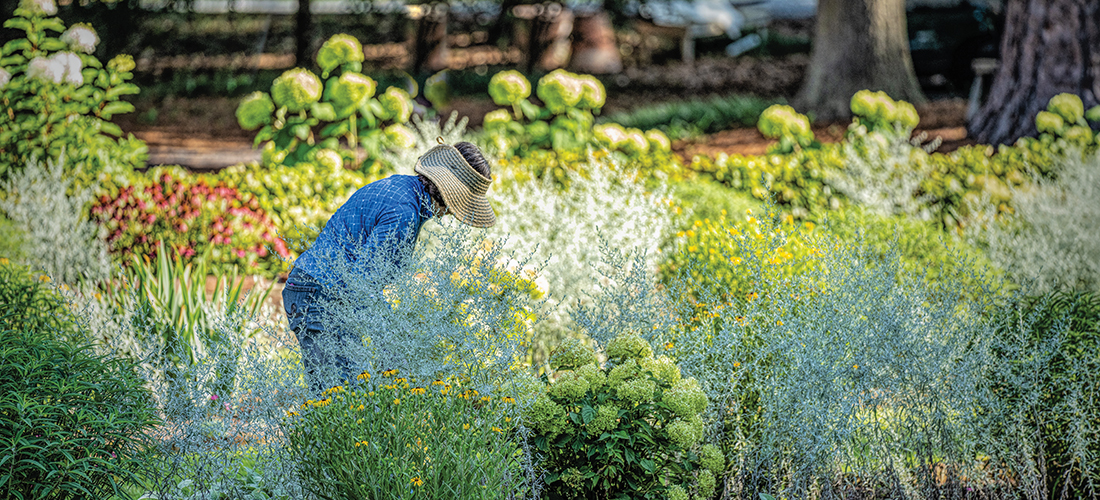The Dirt Gardeners of Weymouth
By Claudia Watson
Photographs By Laura Gingerich
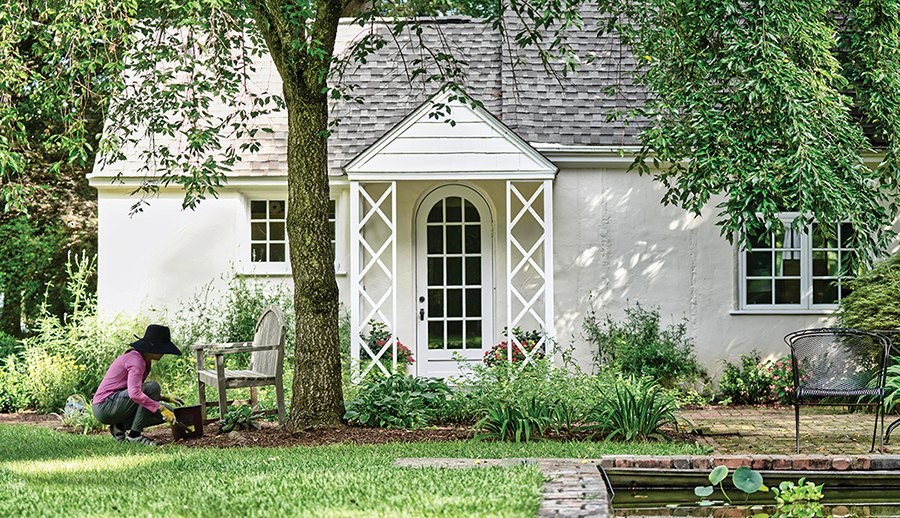
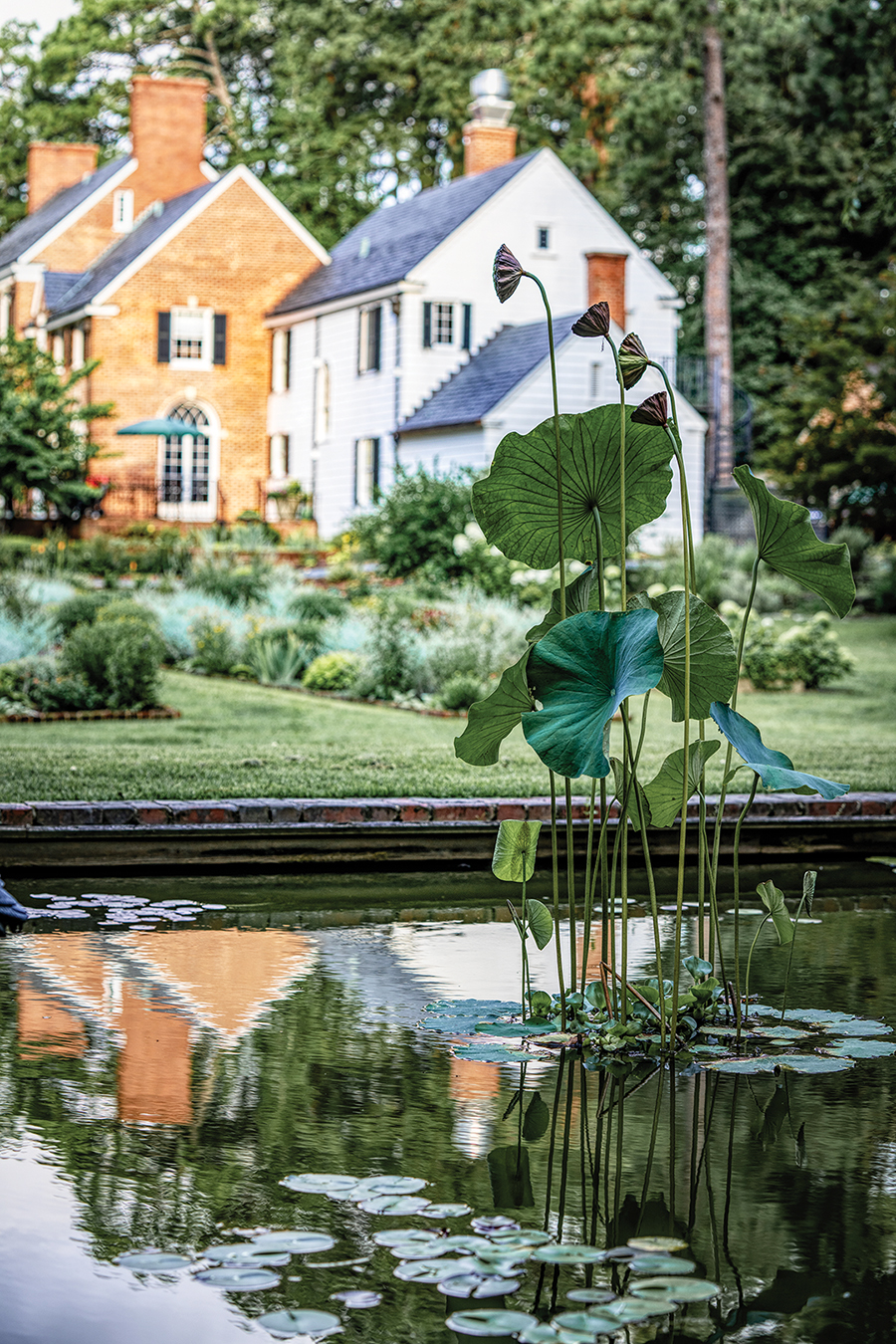
The morning sun breaks through the treetops, weaving golden threads through the allée of ancient sycamores and pines. In the nearby meadow, the morning chatter of insects and birds gives way to soft voices gathered around a rustic table under a grove of shade trees in the distance.
A damp cardboard box hits the table with a thump, releasing a tumble of dirt and clumps of canna lily tubers.
“Someone’s donated these, and they need to be repotted,” says Marylouise Bailey, her fingers gently tucking a knobby bulb into the fresh soil mix, tamping it off. “We’ll easily have 30 big pots of them. Then, we’ll weed,” she adds, wiping her dewy brow. “But we’re in the shade, so it’s an enviable task.”
The work of this small group at the table in the propagation area is part of the larger story of the Dirt Gardeners of the Weymouth Center for the Arts & Humanities. For nearly 45 years, the dedicated volunteer corps has worked to tame and beautify the 26-acre historic grounds of the Weymouth estate, transforming it into one of the Sandhills’ most significant landscapes.
During the late 19th century, James Boyd Sr., the heir of coal, steel and railroad investments, purchased 1,570 acres in Southern Pines, including the last remaining virgin longleaf forest in the country. He named the estate Weymouth because the pines reminded him of the trees in Weymouth, England.
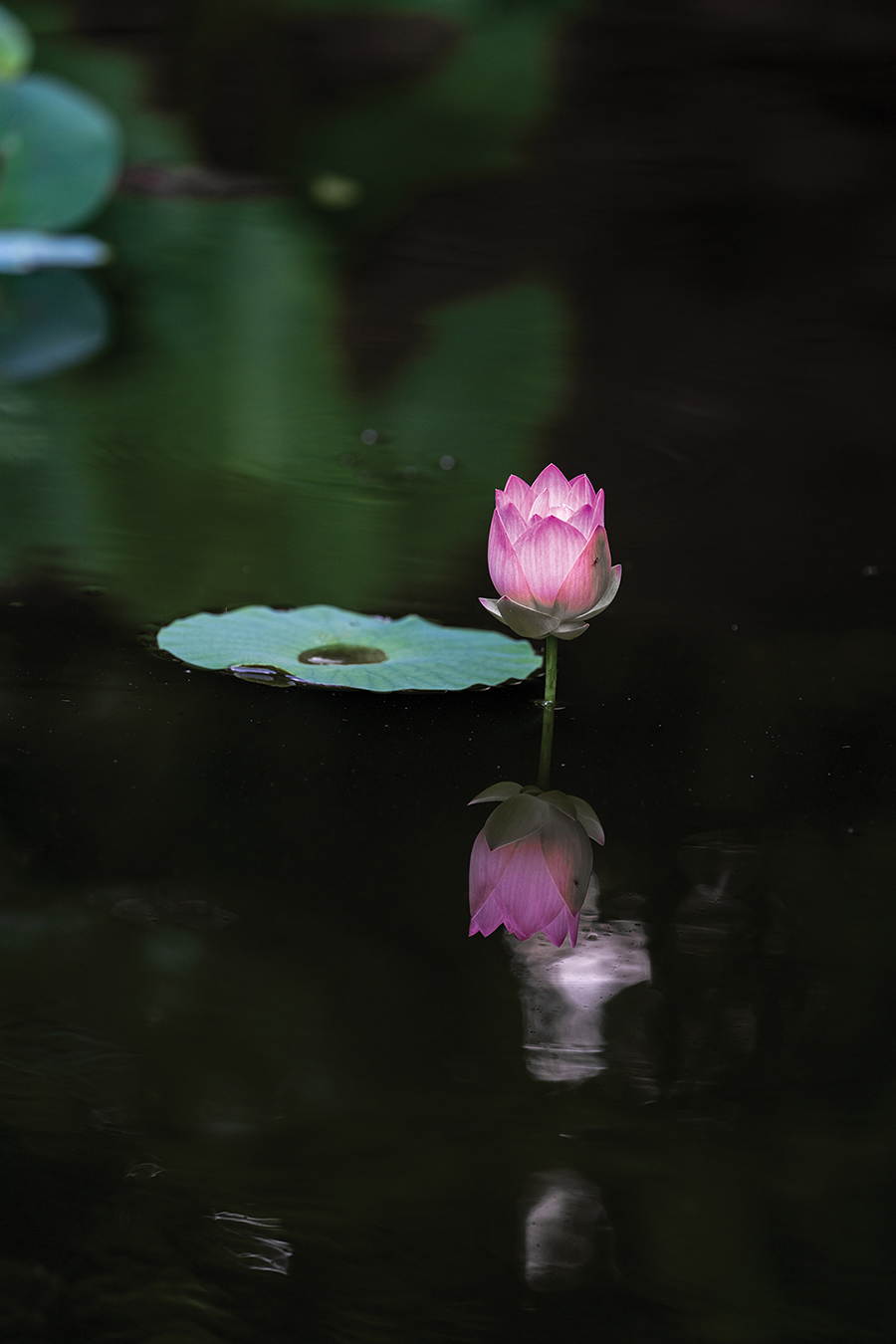
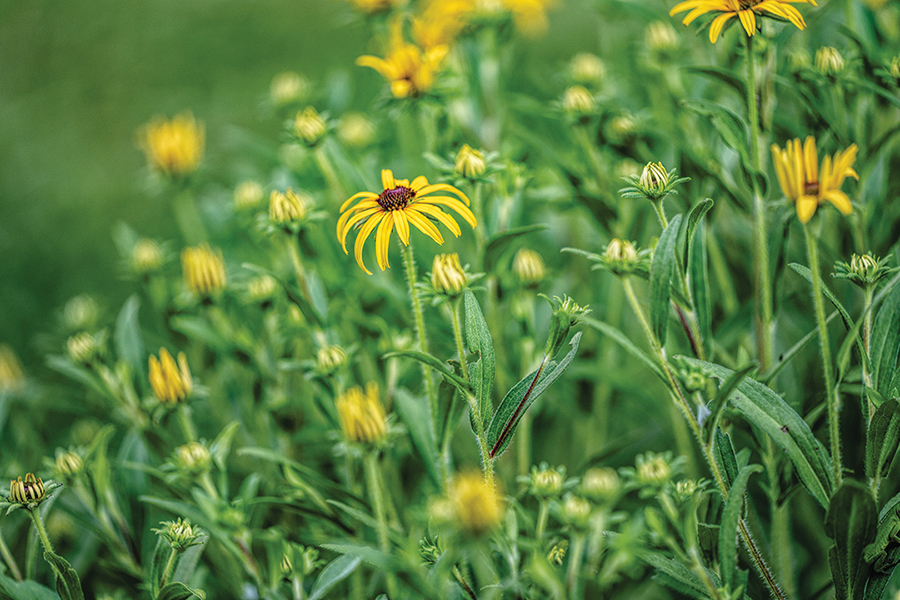
After Boyd’s death in 1910, the heirs conveyed the large family residence and the surrounding acreage to grandson James Boyd Jr., the aspiring writer. Boyd commissioned Aymar Embury II to construct a new country house and refashioned the landscape to complement it, tapping Alfred B. Yeomans, his cousin, to do the design work. Educated at Princeton, Yeomans was practicing as a landscape architect in Chicago in the 1900s when he relocated to Southern Pines in 1920 to work on the grounds of Highland Pines Inn, the Weymouth Heights subdivision, and the gardens of Weymouth.
Yeomans’ work showed the influence of the popular Colonial Revival mode of the early 20th century with its classical, symmetrical box-shaped borders in a parterre on the upper terrace. Tall privet hedges radiated from a central axis intersected by tidy paths. Camellia standards, brickwork steps and low walls established structure. Flowers were subservient to greenery.
Until James Boyd’s sudden death in 1944, Weymouth and its landscape provided the backdrop of an accomplished life that encompassed his literary fame, rising pleasure in hunting and equestrian sport, and an enlarged family circle. Three decades later, his widow, Katharine, who died in 1974, willed her estate to the Sandhills Community College Foundation, which held it for several years. Subsequently, the Friends of Weymouth, a nonprofit organization, purchased the property to preserve its heritage and use it as a center for the arts and humanities. The acreage close to the house was transferred to the Weymouth Woods Nature Preserve, leaving the current property of 26 acres. In the years following the death of Mrs. Boyd, the estate’s landscape suffered despite the good intentions of the property’s stewards.
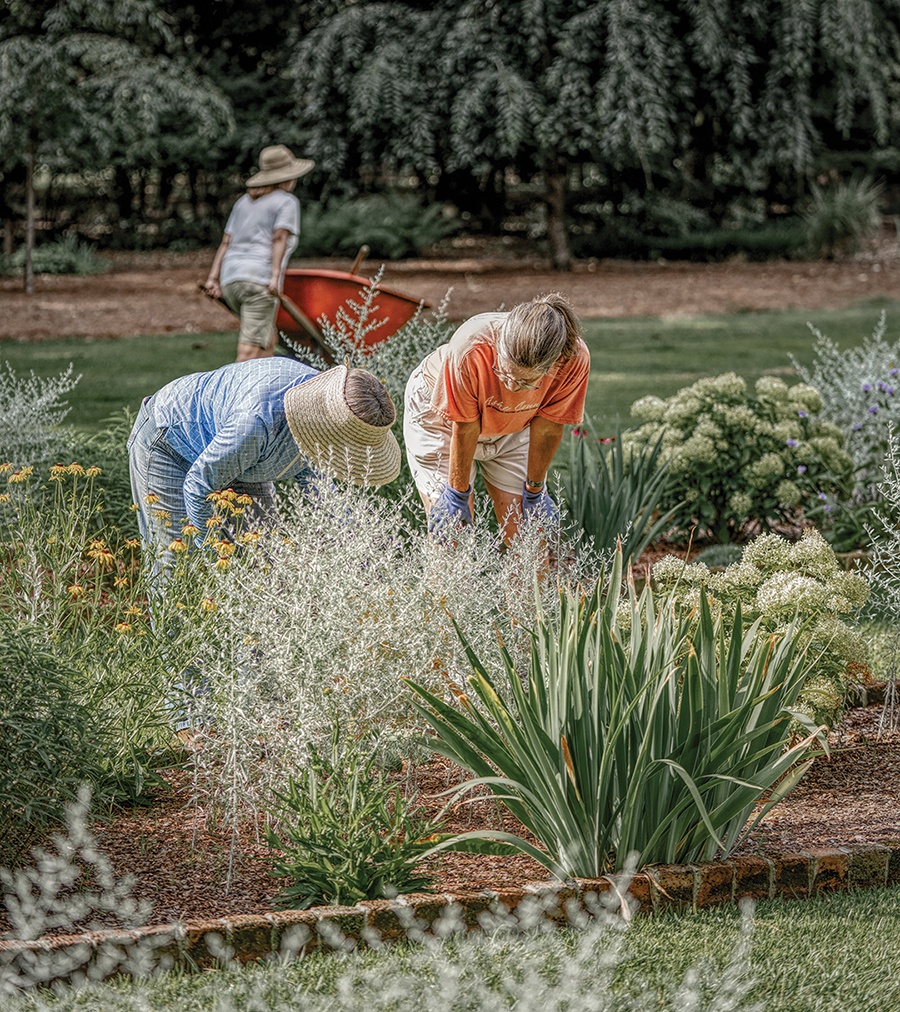
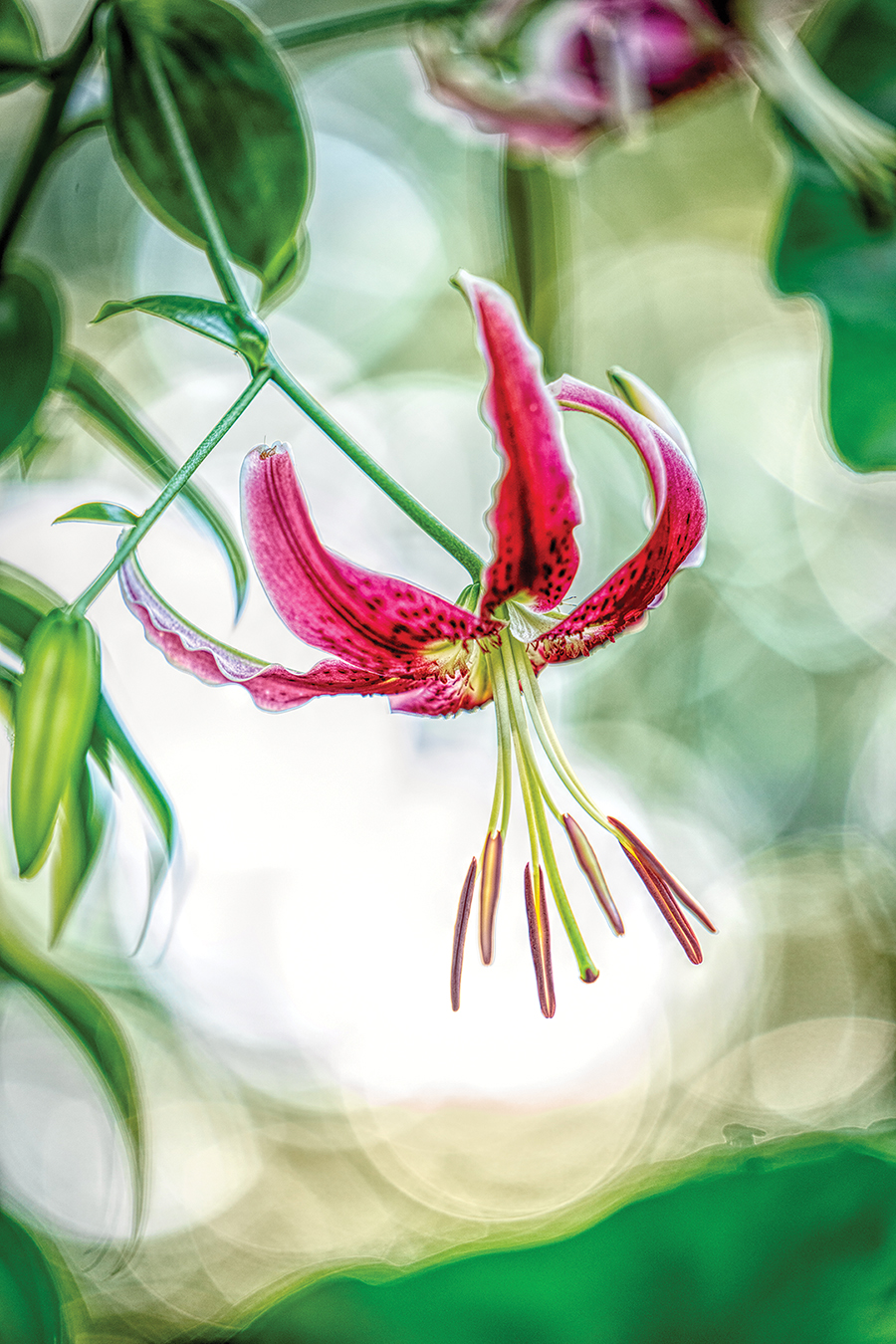
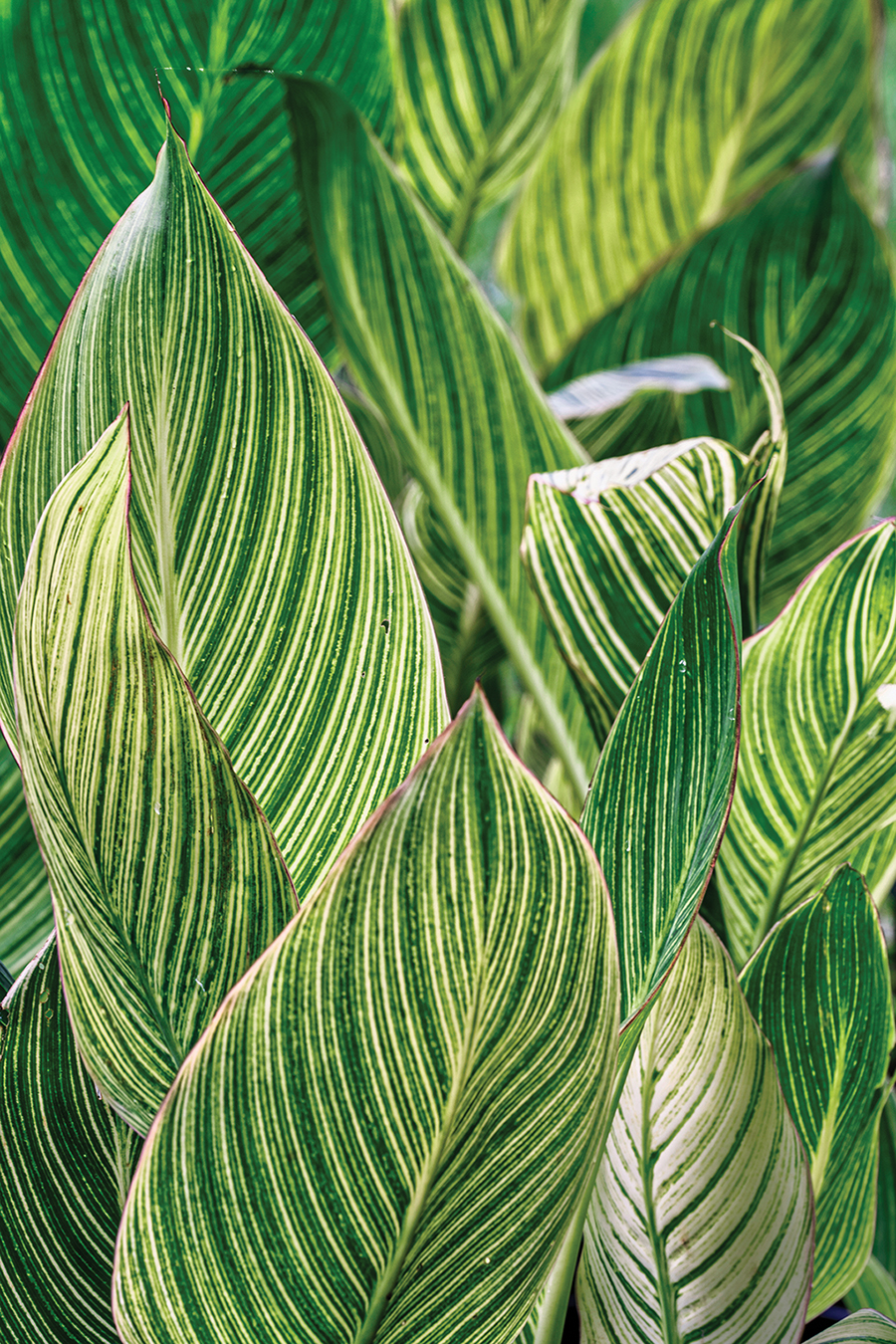
In 1979, after a short career as an actress and a long career as a constitutional lawyer, Charlotte Ganz and her husband moved from Bucks County, Pennsylvania, to Southern Pines to retire. A devoted naturalist and conservationist, Ganz was interested in helping restore the Boyd house, finding her way to the estate’s overgrown and poorly tended gardens.
“Only the Japanese cherries and some of the ornamental shrubs survived, although even those were almost overwhelmed by the rank growth of invasive shrubs, vines and weeds,” she said in an interview in 2008.
In short order, and without anyone appointing her to the job, Ganz enlisted the assistance of like-minded friends, including Elizabeth “Buffie” Stevenson Ives, Tom and Helen Greene, and Charles Passapae. The group divided tasks, conquering the annoying brush and invasive shrubs. The original ornamental shrubs were pruned, renovating their shape. While others searched the community for donations of suitable plants to fill its borders, the energetic Ganz tackled the weeding.
Despite their zeal, the volunteer arrangement didn’t last too long, as one member passed away, others moved, and the man who mowed the lawns simply gave up. Ganz found herself alone, trying to weed the long beds, the herb garden and the other spaces. If not for a few new volunteers, who in turn recruited more, the grounds “would have reverted quite shortly to the state close to the one it was found in,” she said.
The gardeners added plants from their own gardens, but there was no money to purchase supplies. Then an idea sprouted. They would sell some of the Weymouth irises and daylilies, initially clearing the princely sum of $100.
Over the years, others stepped in to help, some bringing carloads of plants. Garden clubs provided generous amounts of money, and a diligent team of men offered their time and talent restoring areas, adding improvements and developing new sections like the rose and camellia gardens.
By the mid-1990s, the garden was the wedding-worthy venue Ganz envisioned, providing a stunning natural backdrop, a constant flow of visitors and much-needed donations. A few years later, as volunteers came and went, the remaining core group felt they needed an identity to mark their contributions as a team effort and took the name Dirt Gardeners.
“We wanted to indicate to our prospective volunteers that we were a group that worked directly in the soil, we really got our hands dirty, and there was real labor involved,” said Ganz, the group’s founding member and inspirational leader. She continued to manage the gardens well into her 90s, driving a golf cart purchased for her and pointing her cane here and there, instructing the volunteers on what areas needed work. She died in 2015 at age 105.
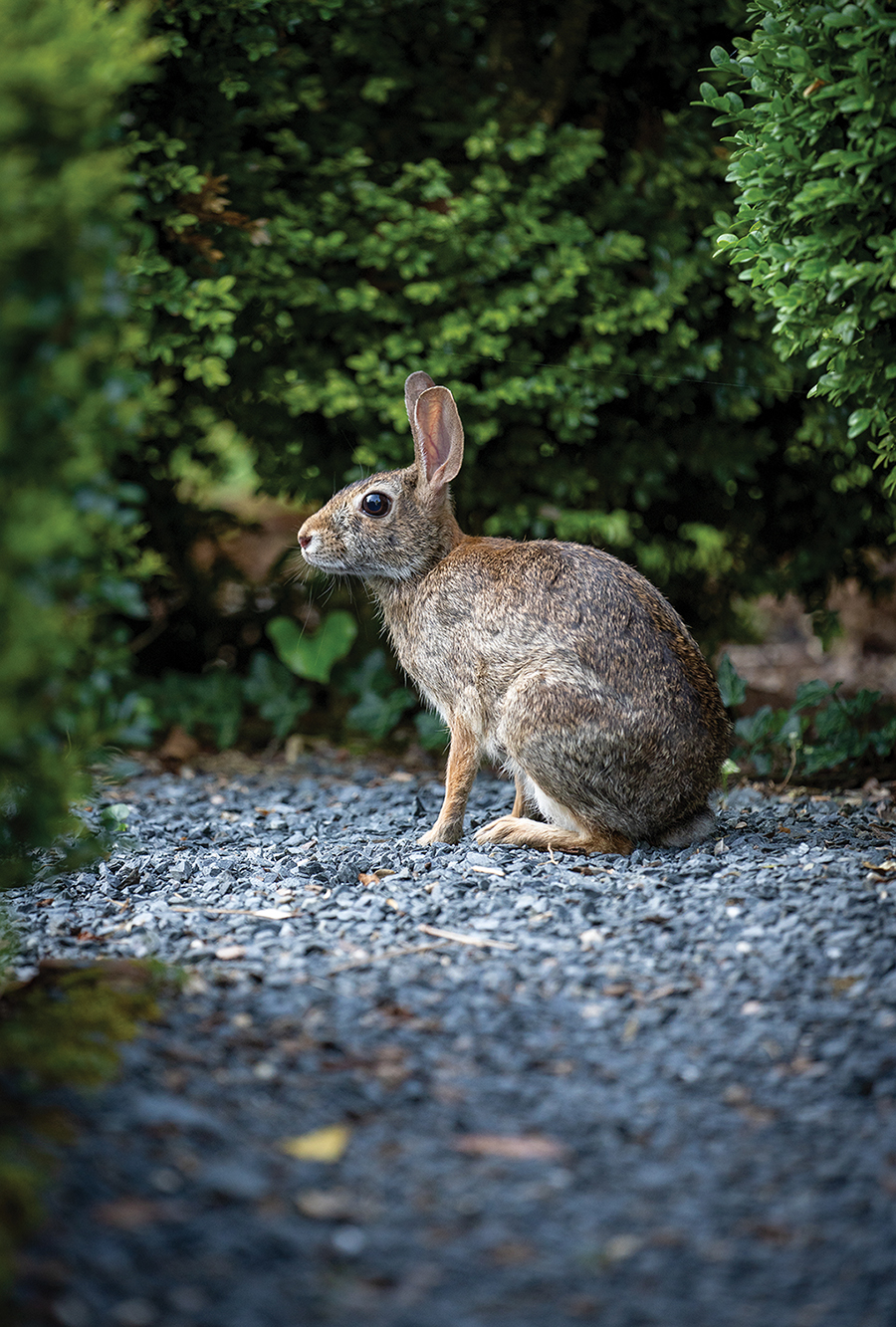
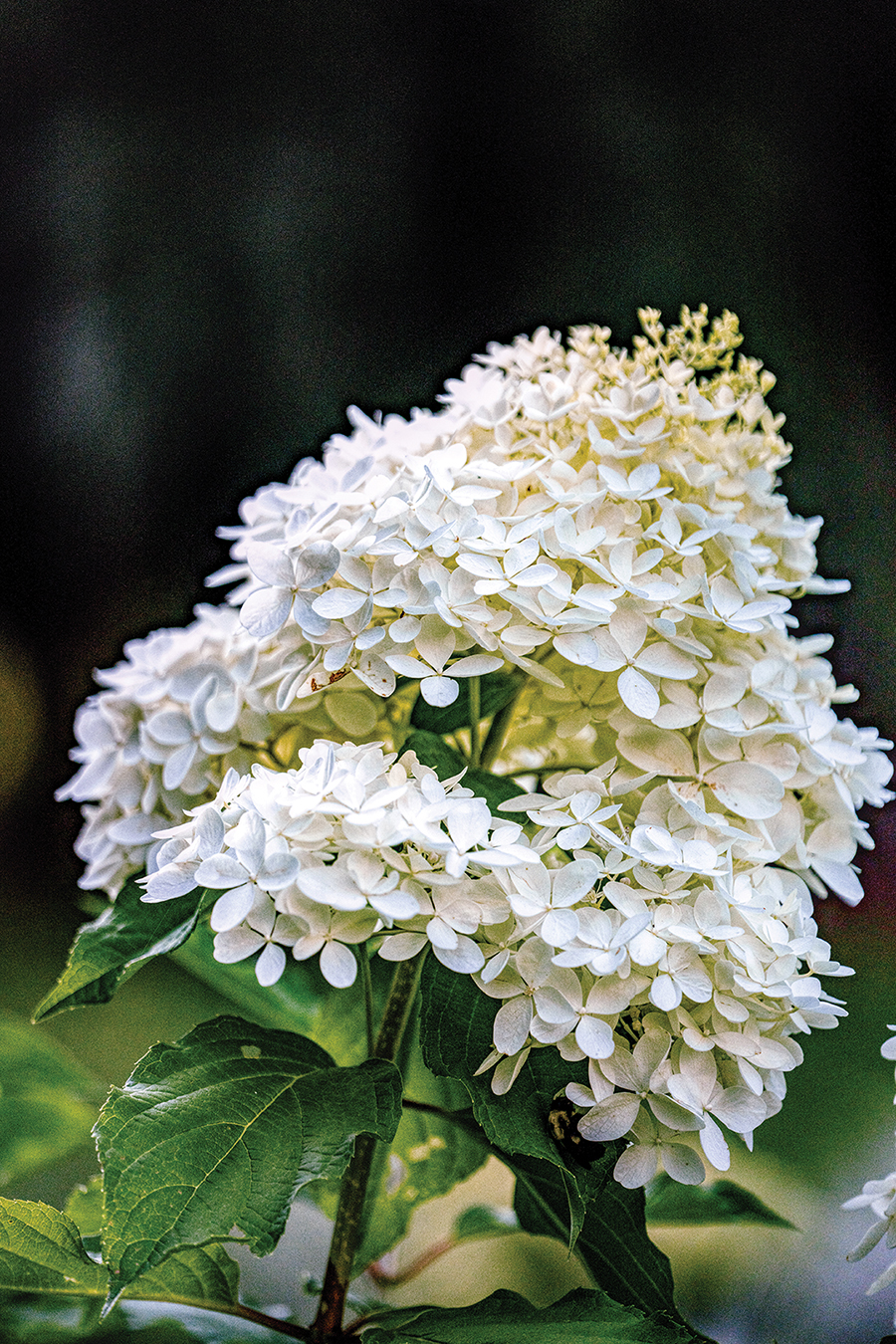
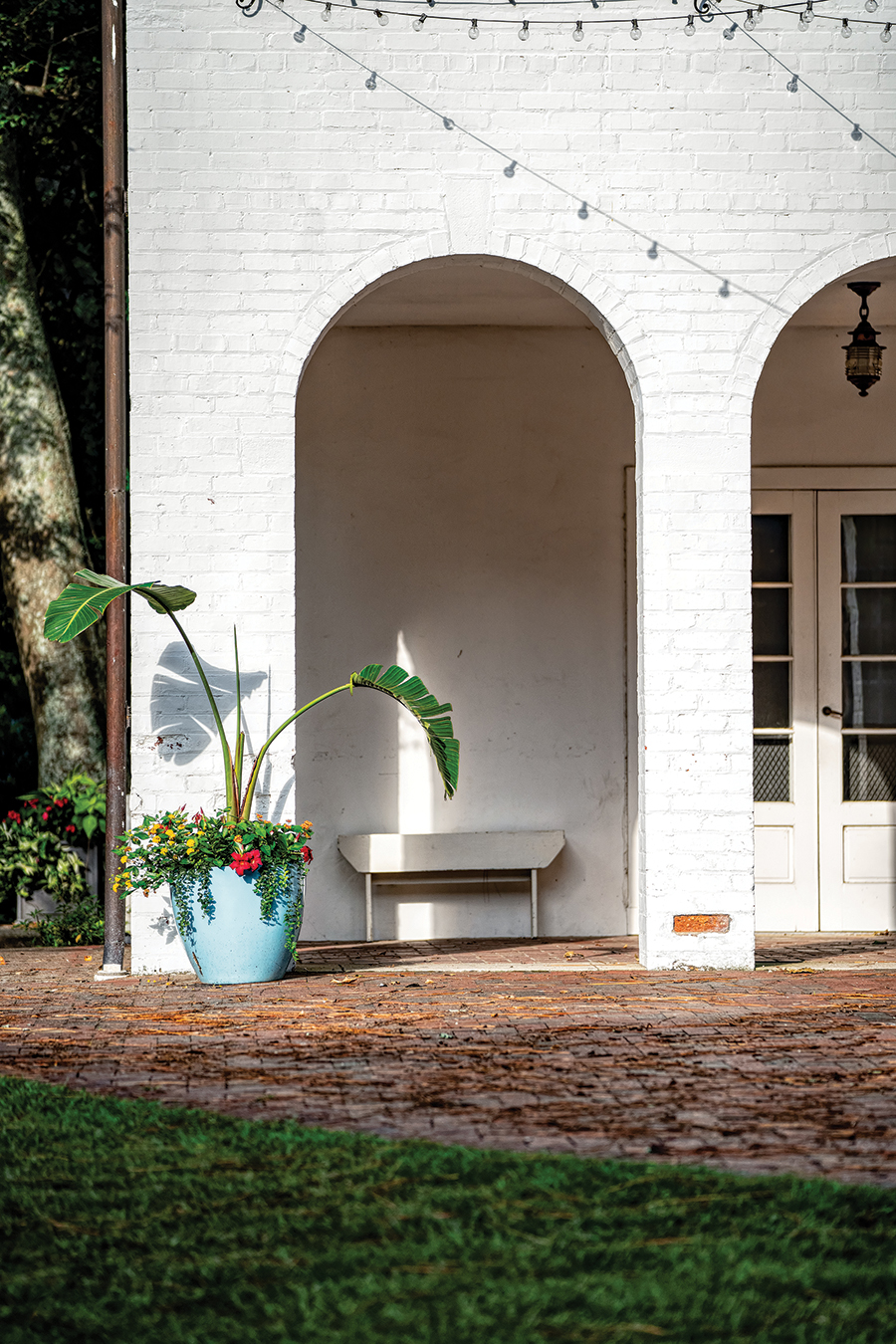
On this particular warm, sunny morning, there is an unusual amount of activity as the Dirt Gardeners hustle back and forth with tools, water hoses and deer spray, seemingly on a special mission.
“There’s a wedding tomorrow,” says Alex Klalo as the clang-clang of workers pounding tent posts into the ground reverberates. Klalo, the director of property management, is in the garden’s formal parterre below the terraces, handling the intricate process of pruning the dwarf holly hedge that replaced the diseased boxwood that was an element of most Colonial Revival landscapes. “I’m just touching up,” he says as his hand pruners snip-snip.
Klalo has worked at Weymouth for 20 years. He moved here with his family from New Jersey, where he used to install air conditioning units and later worked in a computer support group in an office. “I realized I needed to be outdoors. I love it here,” he says with a broad smile, looking out over the gardens below. He’s in charge of Weymouth’s 26 acres and all the buildings.
“It’s a lot of work, but it’s good work, you know?” he says reassuringly. “But without the volunteers this place wouldn’t be here. It’s all them.”
Below the terraces and parterre, Yeomans designed simple raised beds for flowers suiting Katharine Boyd’s interest in an emerging trend for a naturalistic garden rich in color, texture and movement. A kitchen garden, positioned near the house, included cold frames and herbs, and was shielded from terrace views by hedgerows.
Lucy Meldrum, a 10-year veteran of the Dirt Gardeners and their representative to the Weymouth board, says she has become the caretaker of the long beds by default. “I’m always here in the summer when these beds need a lot of care. It’s a lot of fun, even if it’s in the sun,” she says while weeding around the hydrangeas (Hydrangeas arborescens ‘Invincibelle Limetta’), which are at their peak.
“These are enormous and gorgeous. A great backdrop for a wedding,” says Meldrum, carefully balancing a bloom in her hand. Two of the beds are 80 feet long and 5 feet wide. The third bed, smaller in size, fills an area left behind by one of the old cold frames. Dismantled years ago, only the brick foundation and a wall dubbed the “ruins” remain.
Realigned with equal spacing between the three beds and new brick edging on the two longest beds, they provide an enhanced area planted with parings of the same varieties of eye-catching perennials and annuals, filling the garden with color throughout the seasons.
“Oh, look at these little ones,” says Meldrum, pointing out the tiny native bees dancing around the coneflower (Echinacea purpurea ‘Pow Wow Wildberry’), the bold black-eyed Susans (Rudbeckia hirta ‘Indian Summer’), and Little Suzy black-eyed Susans (Rudbeckia fulgida var. speciosa ‘Viette’s Little Suzy’).
A carefully planned array of colorful foxglove, silvery artemisia, reblooming bearded iris (Iris germanica ‘Immortality’), salvia, dahlia (Dahlia ‘Dalaya Pink with Rose Eye’) and Landmark Rose Sunrise lantana provide a delight for visitors. Despite its odd name, bog sage (Salvia uliginosa) displays a cloud of spikes in light blue flowers.
Meldrum stoops, brushing her hand through the bushy Mexican bush sage (Salvia leucantha). “It’s stunning when it blooms in September,” she says of the tall shrubby perennial, with cascades of soft purple flower spikes contrasting with the chartreuse leaves of nearby pineapple sage.
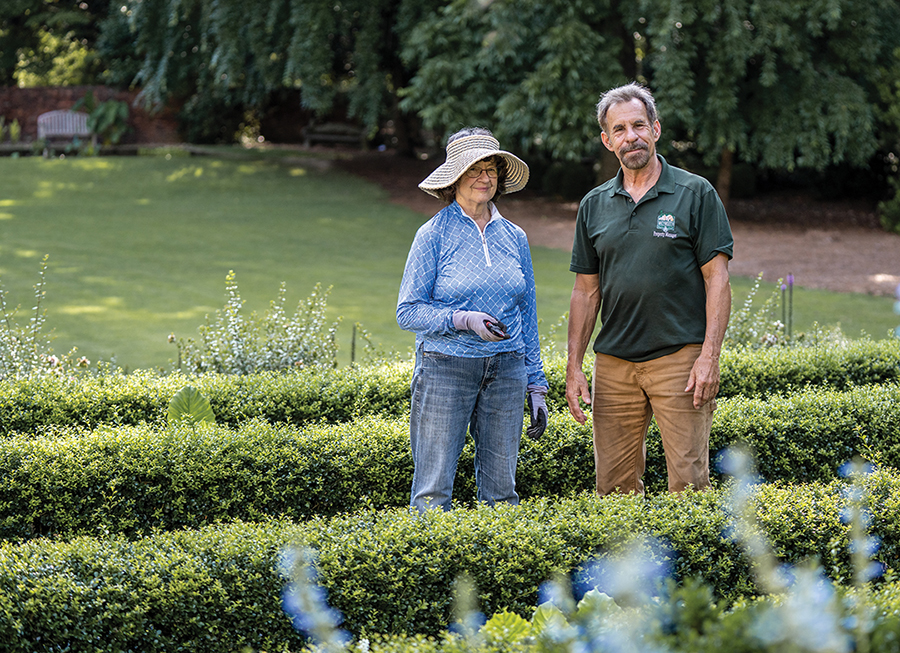
Lucy Meldrum and Alex Klalo
Below the long beds and the great lawn, the Boyd family’s old swimming pool was successfully adapted into a two-part ornamental water garden. Volunteer Martha Parsons, now retired, used to drive over on her motorbike from her home on Midland Road.
“She’d put her high boots on and climb into the pool to weed and fertilize the plants. It was one of her favorite things to do here,” says Kathy Luckhaus, the Dirt Gardeners’ volunteer coordinator. “She also tended the little garden of hellebores with a birdbath and bench in the shade. She loved it because it was the garden Charlotte Ganz established and tended.”
Visitors flock to the shady poolside patio and the nearby benches to view the American lotus seed pods that look like shower heads, and the floating green mat of water hyacinth. The red blooms of a red aquatic canna lily and a bog lily attract hummingbirds and butterflies. But the real treat is what lives in the pool — goldfish, shy turtles and the bellowing bullfrogs.
“I love working here by the pond with the bullfrogs,” says Debbie Lalor, a new Dirt Gardener who moved to Pinehurst from the Eastern Shore of Virginia. “That bullfrog talks to me, and the turtles dive deep if they see my shadow and then float to the top and watch me. This garden is forest bathing on steroids, and it’s why people come here. It’s restful and restorative.”
When gardeners find Weymouth, most stay for years, just like Luckhaus. She showed up 13 years ago, decided to create an email list of the volunteers to improve the group’s communications, and never left. “In those days the only way anyone communicated was in person or on the phone. So, I decided to put a bit of organization into the effort. That’s just what I do,” she quips.
Luckhaus shows some volunteers the day’s work when they arrive, while other gardeners take specific areas to work on a regular basis. “This is what you do if you have free time, so it’s a pretty loose thing,” says Luckhaus. “I also realize that if people get this place in their blood they will come back because their work here provides something truly special for them.”
Joann Mackara, who has worked in the garden for about 11 years, is dressed in cute garden clogs, an apron and a sun visor. She wields her narrow steel rake with precision, removing errant weeds and pine straw in the beds at the “front of the house.”
“I’ll see her or sometimes hear her singing outside my window, and it’s so reassuring,” says Katie Wyatt, executive director of the Weymouth Center for the Arts & Humanities. “She takes great pride in her work, and the area is always pristine.”
Luckhaus worked in the long beds when she began and studied the surrounding area. “It was a bit wilder then,” she says, pointing toward the woods. “One of the other volunteers, Linda Gibbs, and I liked to get into the big stuff, get dirty. We’d be in the woods pulling thorny smilax vines out of the trees, cutting stuff down and opening areas that had not seen the light of day for years. Little by little, we tamed areas. It’s been satisfying because you get one spot done and you move onto the next, and before you know it the landscape is visible and returned as an asset to Weymouth.”
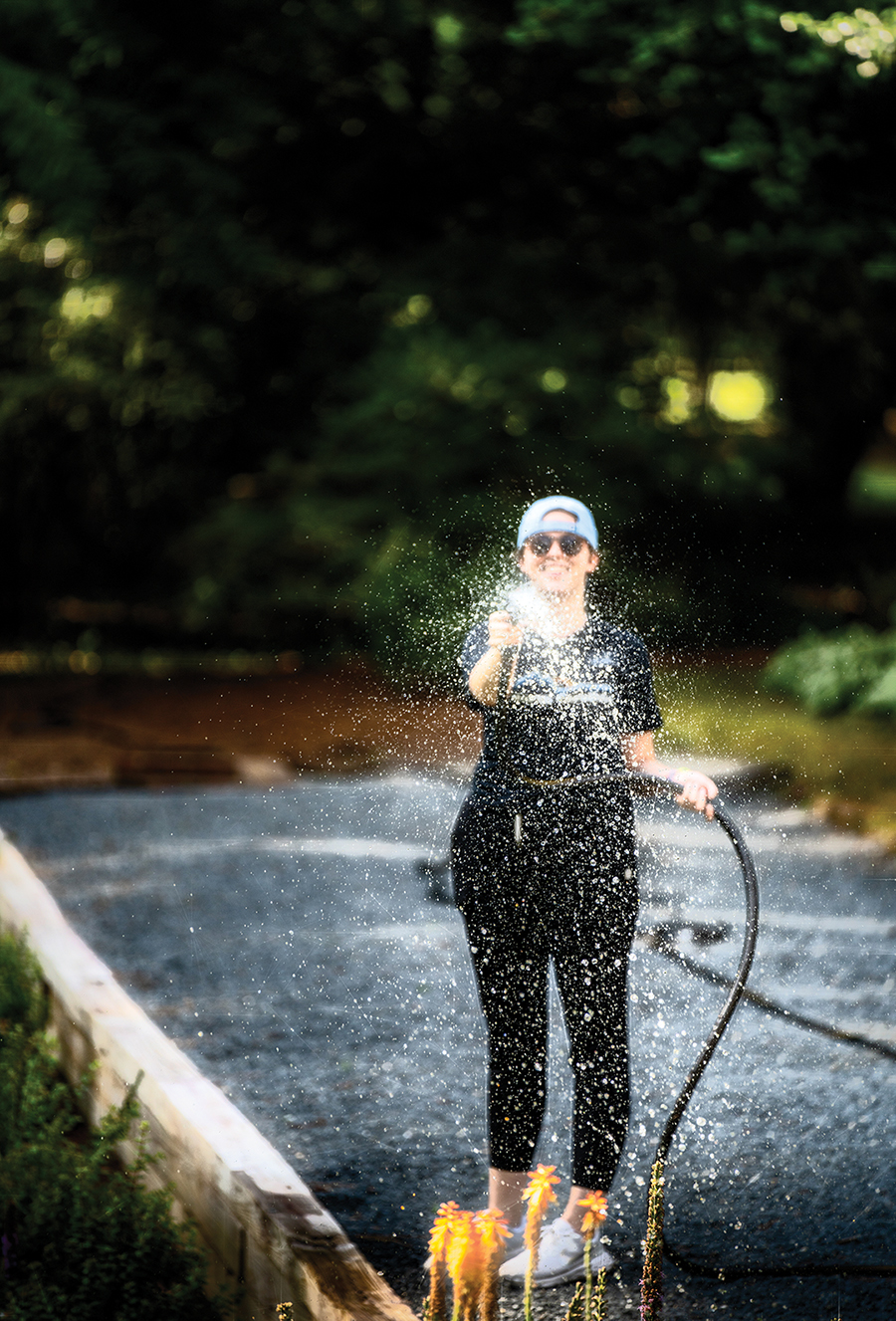
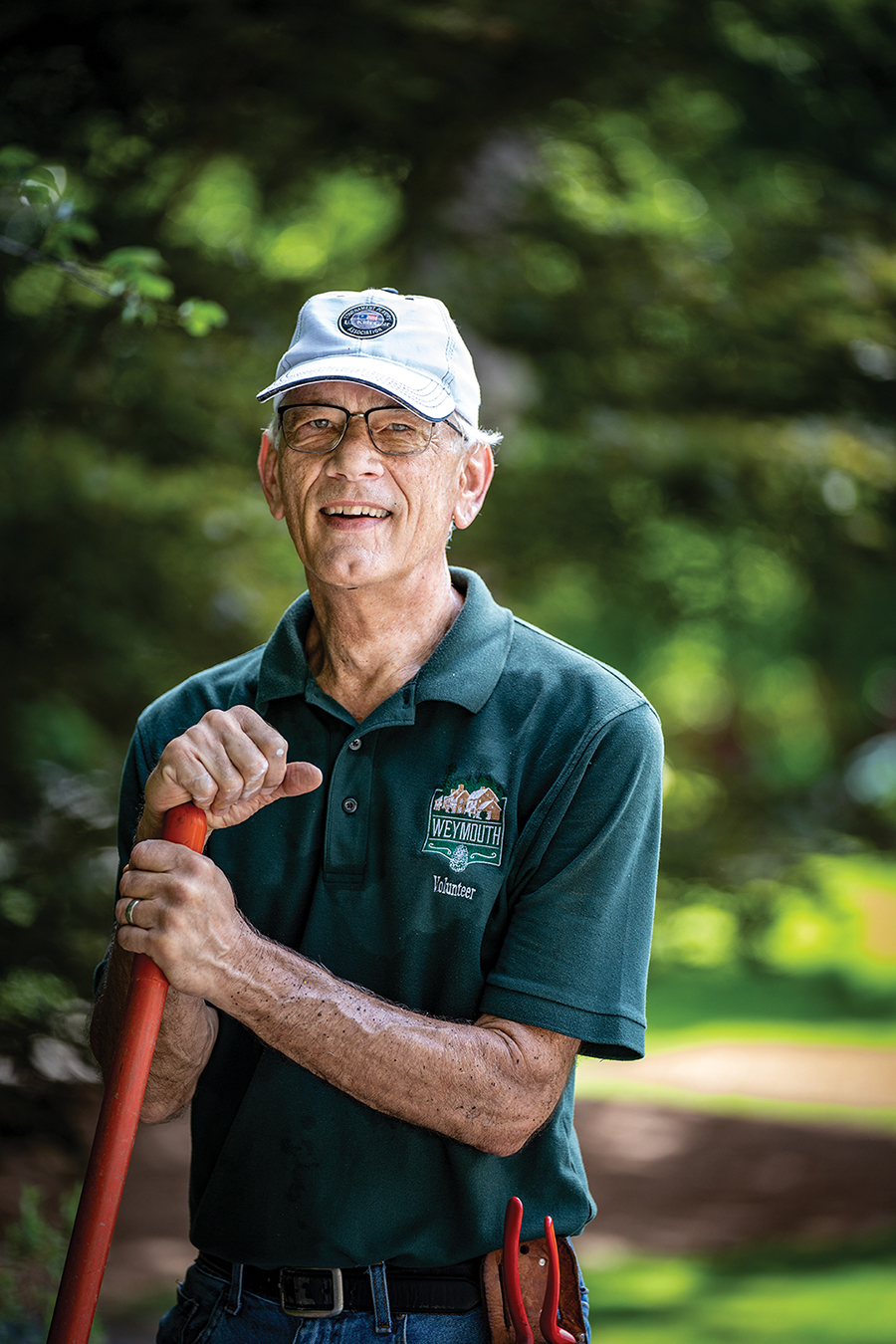
Ashley Turner and Mike Malone
When the men come, they repair fences and remove large branches from trees as far as they can reach without equipment. They help Klalo with the mowing and the routine clearing of invasive dogfennel in the urban forest area, which requires a bush hog.
They also help with other restoration and repairs on the property. Mike Malone, a retired audiologist and Dirt Gardener since 2015, has enhanced many spaces. Today, he’s sitting in a bed of dirt at the rear of the house, tearing out old bricks that have sunken into the soil.
“This place takes a lot of TLC,” he sighs while rechecking his plumb line before resetting the bricks into some crush-n-run stone. “I really enjoy this work. I get out, exercise, sweat a little, have fun and enjoy talking to people who stop by. Weymouth gets something from us by staying nice looking, and we get exercise and socialization.”
Malone recently connected with HortTube personality Jim Putnam, a gardening video creator in Raleigh who consulted on some of the Weymouth landscape areas around the house that needed revitalization. As a result of Putnam’s involvement, Southern Living Plant Collection donated several thousand dollars’ worth of plant materials.
When Wyatt joined Weymouth, she assumed the 26 acres of forest and landscaped property had a core team of contractors working weekly to maintain the property. “I was amazed when I found out it was the Dirt Gardeners who do the work, and I couldn’t wait to meet them.”
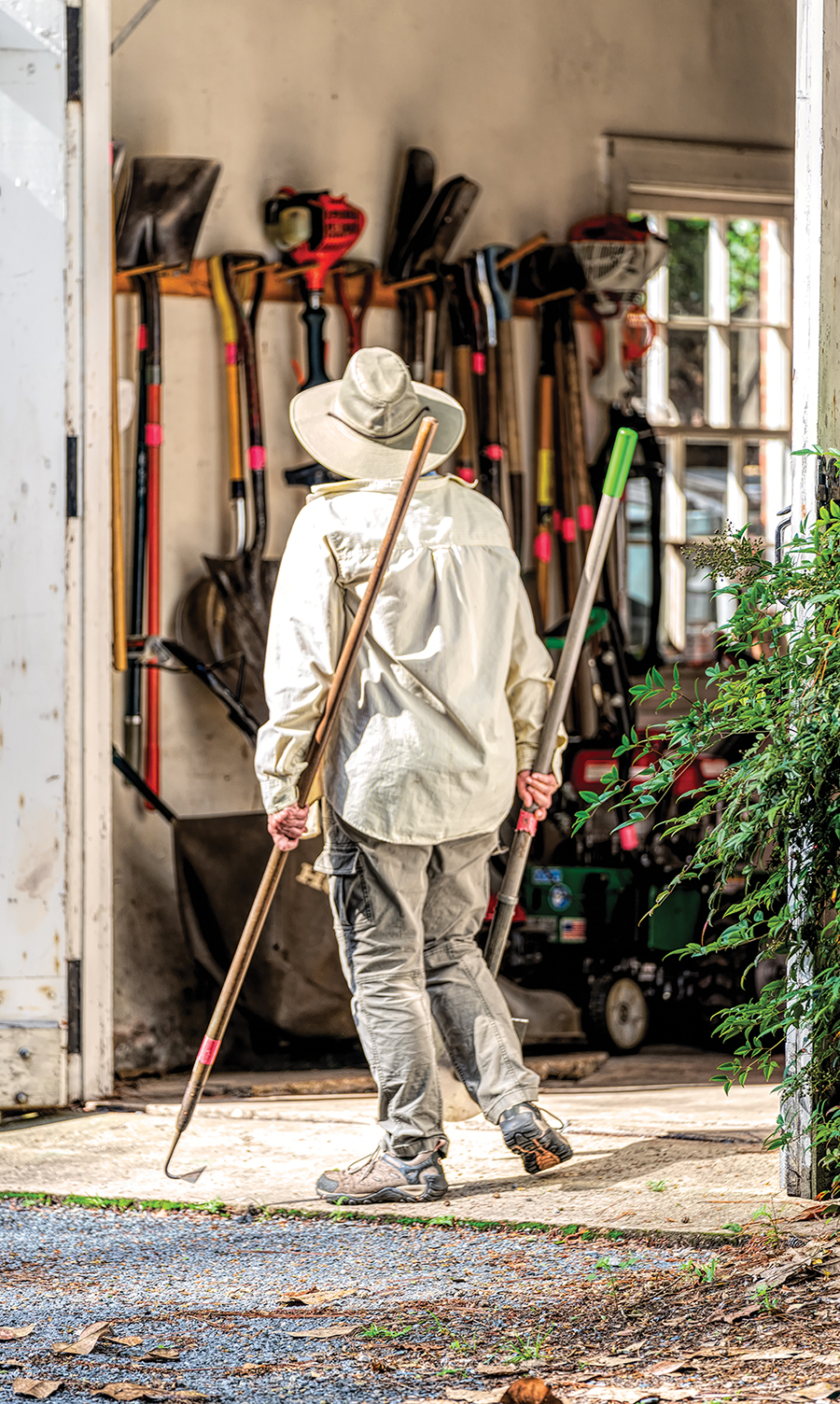
Last year, the Dirt Gardeners contributed 3,300 hours, says Sue Huston, who tallies the volunteer work effort. Huston, known for planting and tending the daffodil collections at Weymouth, joined the group in 2007 and served as the Dirt Gardeners board representative several years ago.
“Every hour counts,” she says while adjusting the broad brim of her straw garden hat. “Whether they put in 40 hours a month or three, it all makes a difference.”
In addition to the volunteer work, the organization values the personal equipment, supplies and plants the gardeners provide and the donations they solicit from the community — everything from pots, plants, fertilizer, soil amendments and more. And according to Wyatt, the value of the in-kind donations of materials, labor and time, coupled with the income generated by the most-anticipated plant sale in the county, pushed the overall value of the group’s 2021 contribution to Weymouth to nearly $100,000.
“The community’s love of gardening and nature is reflected in the Dirt Gardeners work,” she says. “It’s not only impressive, but also a creative way to maximize volunteer potential and a great example of a nonprofit’s marriage of need and volunteer capability.”
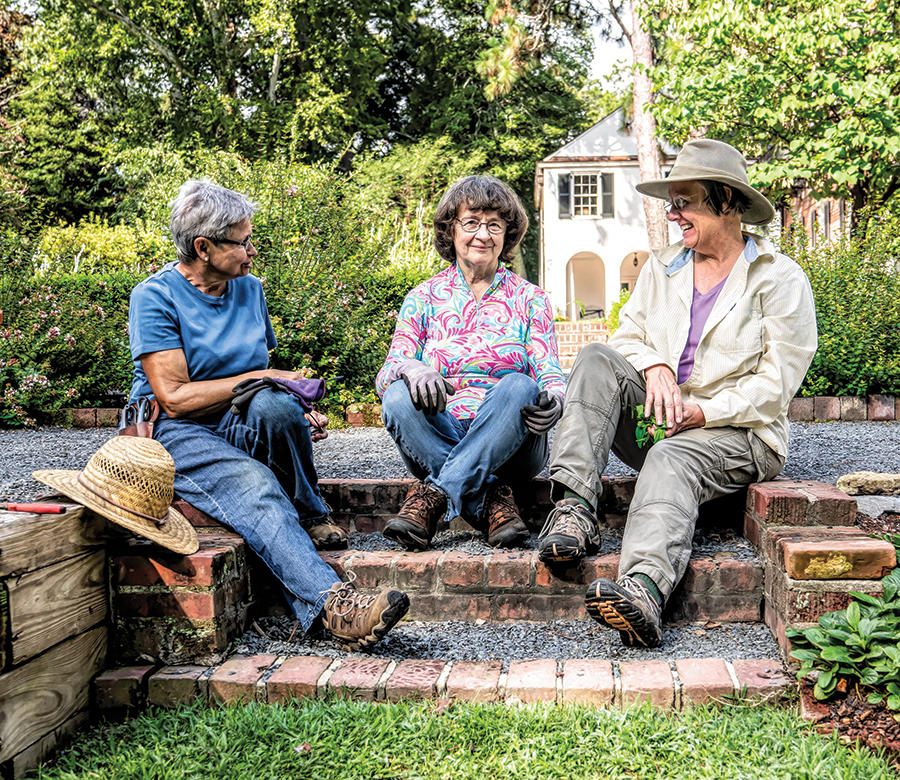
Kathy Luckhaus, Lucy Meldrum, Catherine Grimes
Wyatt also notes that the area’s strong gardening ethos is reflected in the robust support of Weymouth by nearly 15 garden clubs. “They are all very active members who attend and generously sponsor many of our events,” she says.
It’s a short walk back to the shady propagation area in the meadow, where the heavy air holds the musky smell of moss and soil. Louise Kamp is getting dirty. She’s busily reorganizing the plants in the fenced growing areas to ensure they get adequate irrigation, air circulation and sunshine.
“It’s constant juggling here,” she says as she calls to one of her team to shut a gate to keep the deer and rabbits out. “We’re a hardy bunch, and we work here year-round, despite the weather, to propagate 2,500 – 3,000 plants for the spring plant sale,” she adds, pointing to hundreds of empty stacked pots waiting for their glory day.
“Every plant in this nursery has a story,” says Kamp, who can tell you each of them. “It’s the community that donates every one of the plants like those canna lily tubers we are potting today. It gives me chill bumps to think of it all. The people, their stories, the volunteers who over the years created and left their mark on this garden, and the donors who support the effort so generously. Everyone owns a piece of this incredible place.” PS
For more information on becoming a Dirt Gardener, contact the Weymouth Center for the Arts & Humanities at (910) 692-6261.
Claudia Watson is a frequent contributor to PineStraw and The Pilot and finds joy in each day, often in a garden.
